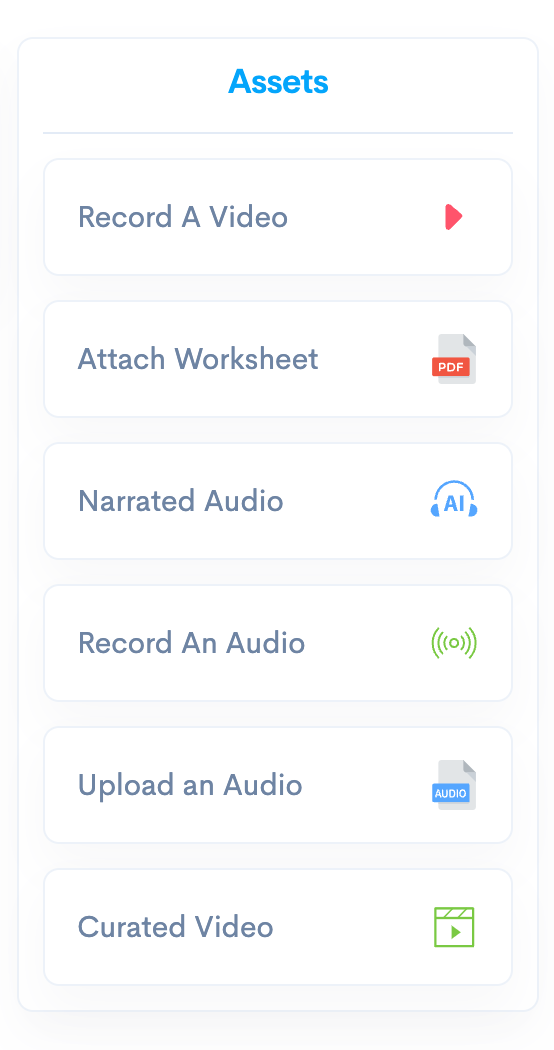Creating a Resource
The Glassmind Resource Designer is purpose-built to create psychoeducational and behavioral healthcare resources using an easy drag-and-drop creator. We give you the tools to create resource flows that present a sequence of prompts and assets to a client to help drive learning while collecting data for the provider.
Step One
Start the Resource Wizard
It takes four simple steps to create a resource with Glassmind. Each step has extra options but only the main parts of each step need be filled out.
Step One let's you give the resource a short descriptive title and instructions for completing the resource.
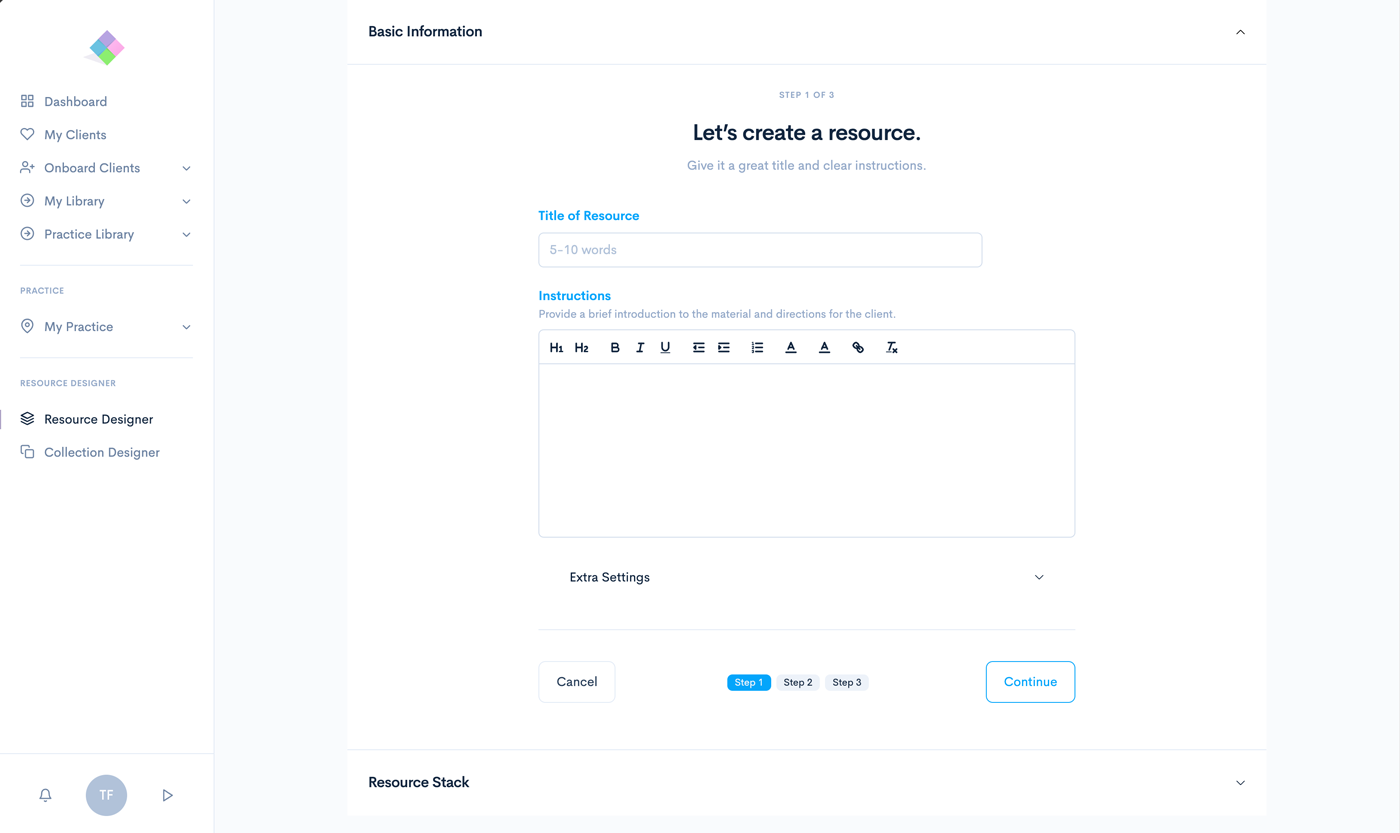
Click the Accordion to see the Extra Settings, all of which are optional.
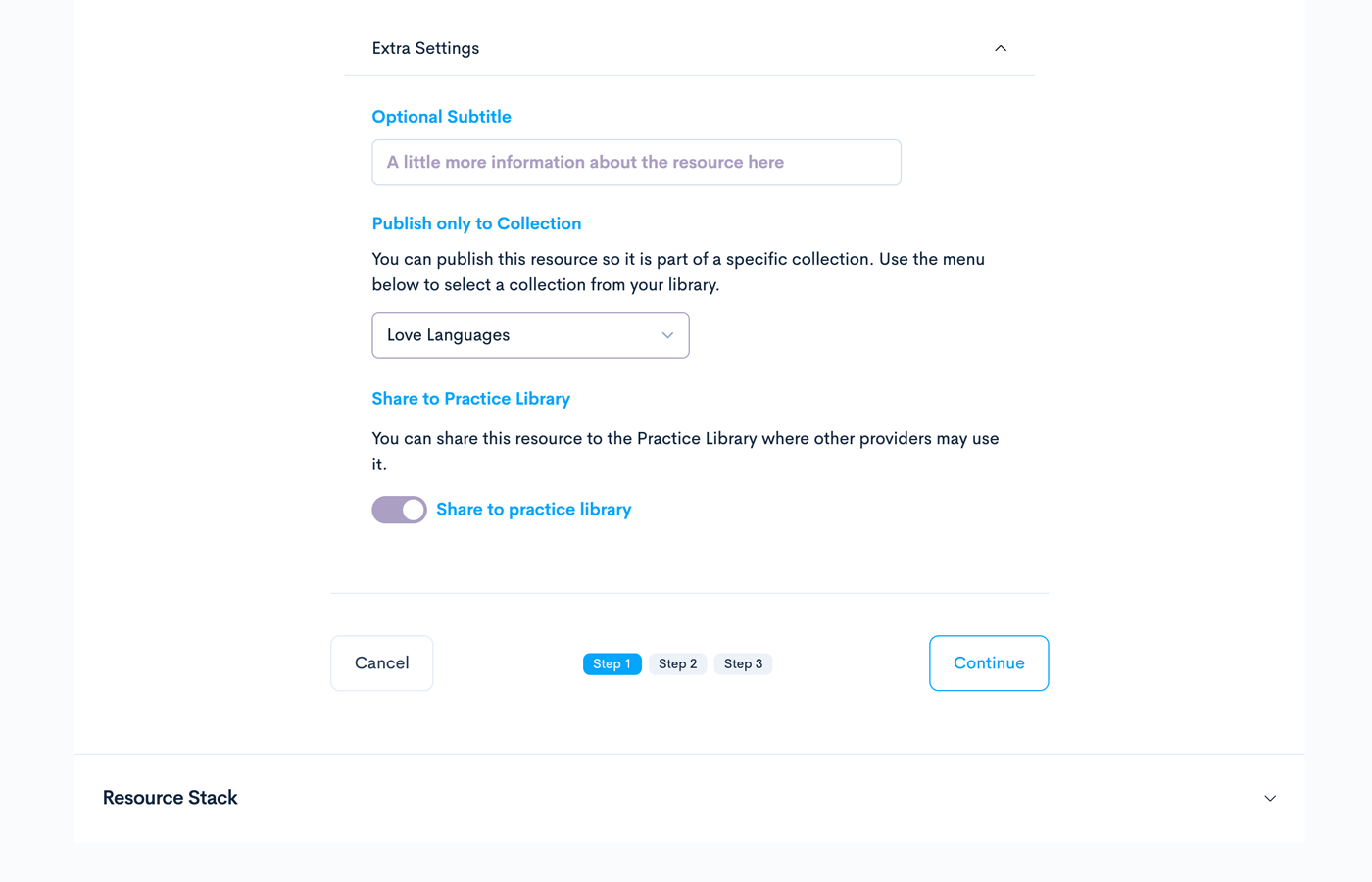
Step Two
On Step Two you can add a cover graphic if you have one. If you skip this step the default Activity Cover is used.
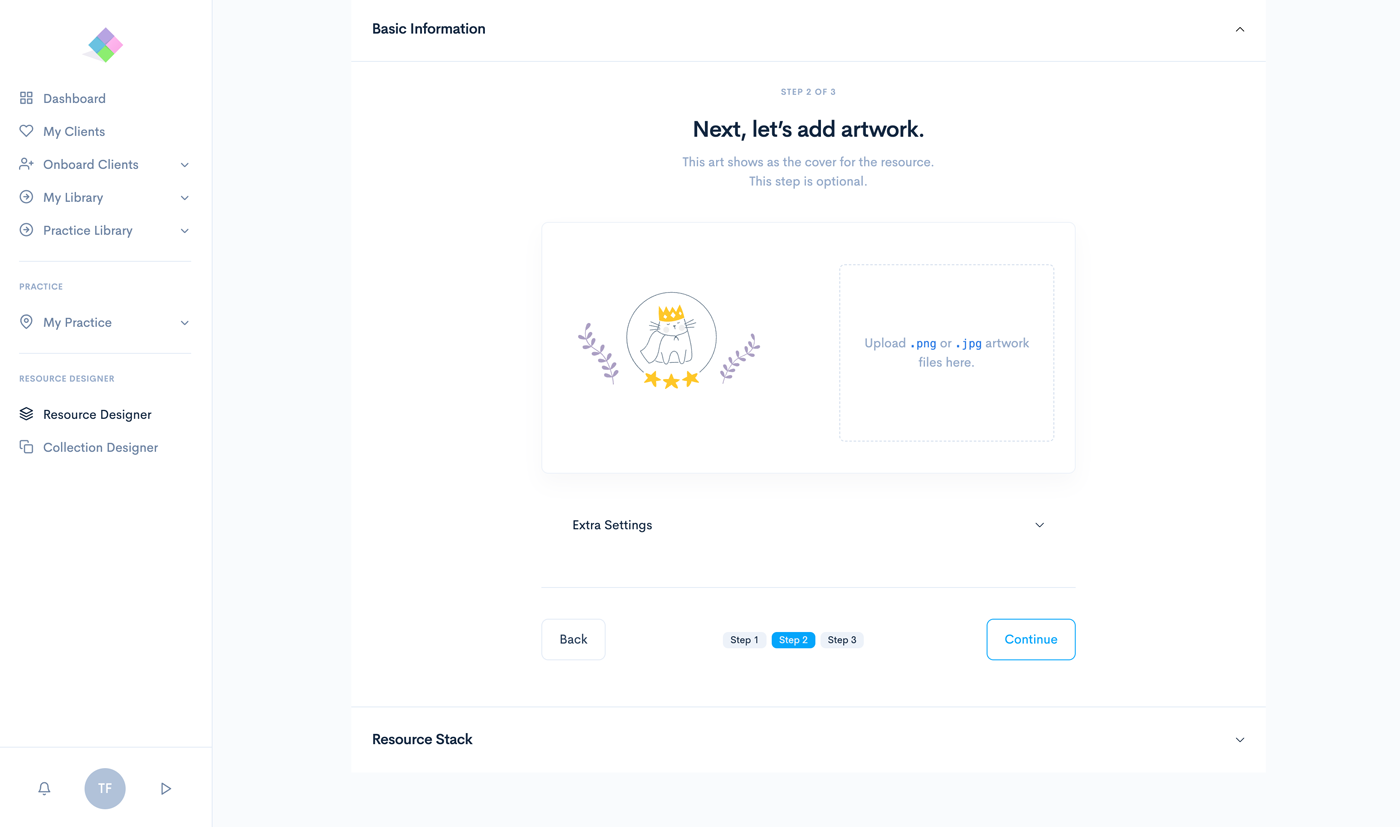
If you do have a visual, adding it is simple. Drag-and-drop a .png, .jpg graphic and the image editor will open up.
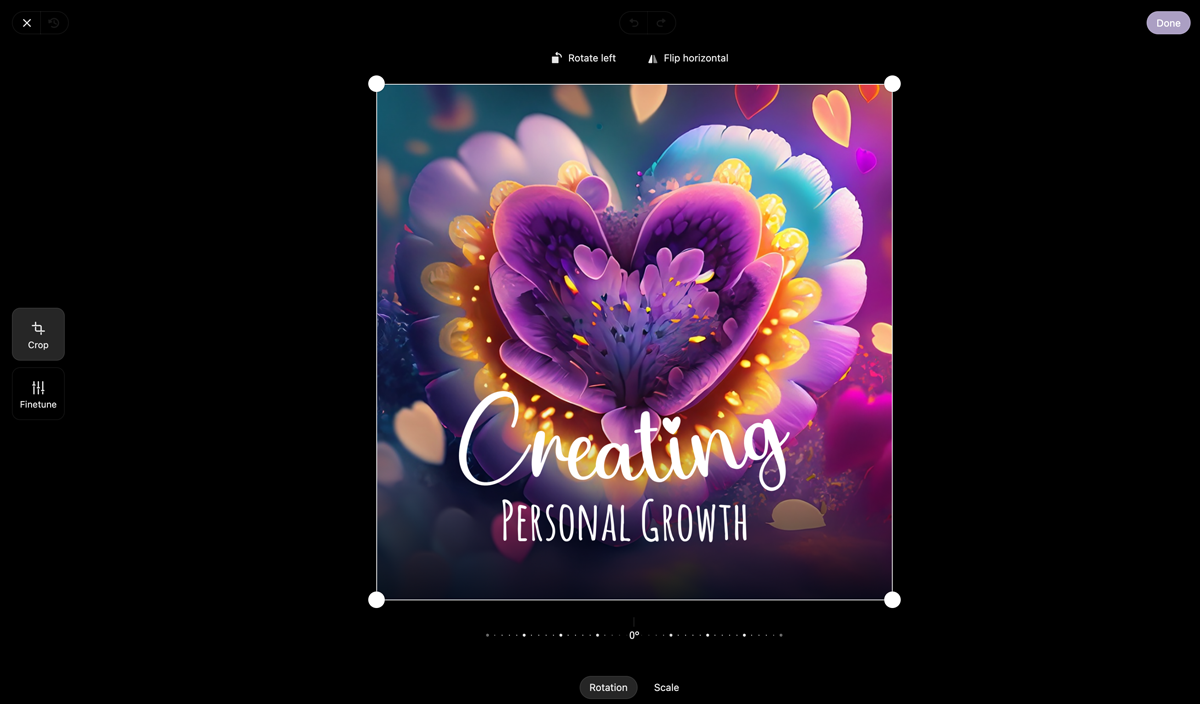
The image editor lets you crop and edit the photo to fit the square resource sizes used on the platform.
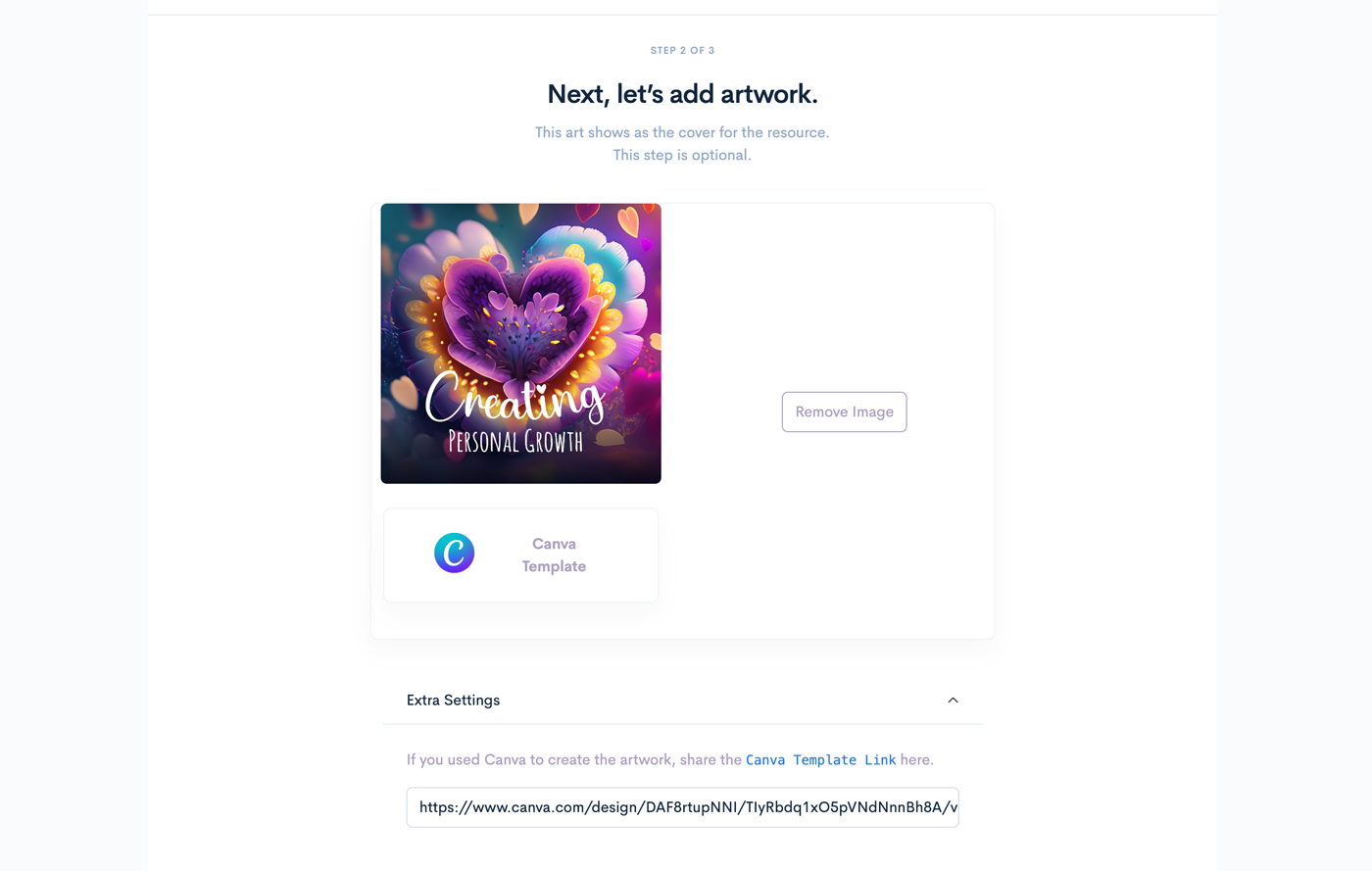
Some resources include a Canva Template. Open and edit the template on Canva to customize the visual or type.
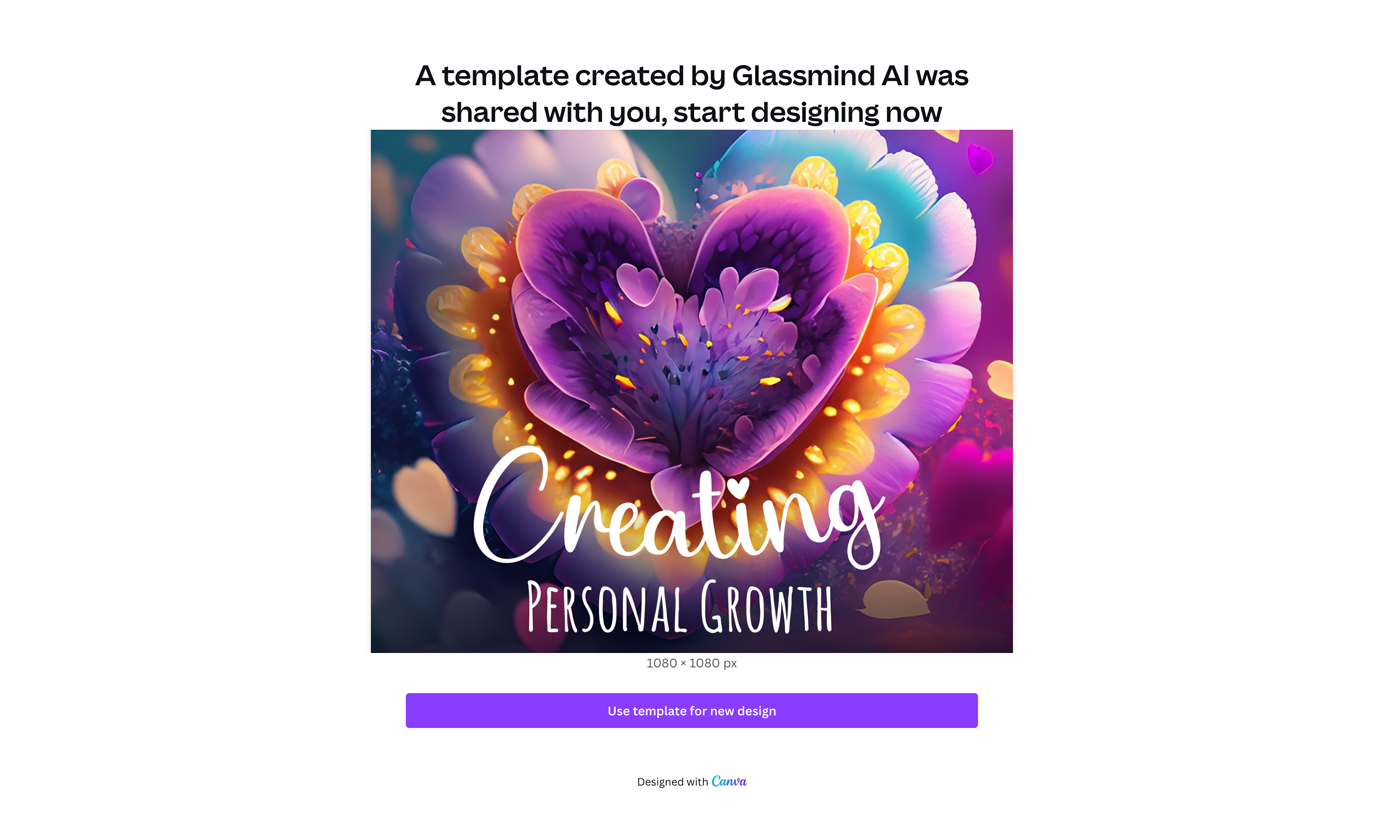
Step Three
Here you provide details that describe the resource and organizes the resource in the library for use later with other clients. A copy of each resource is cloned into the client record when it is sent so the original resource can be edited and updated without affecting the client record.
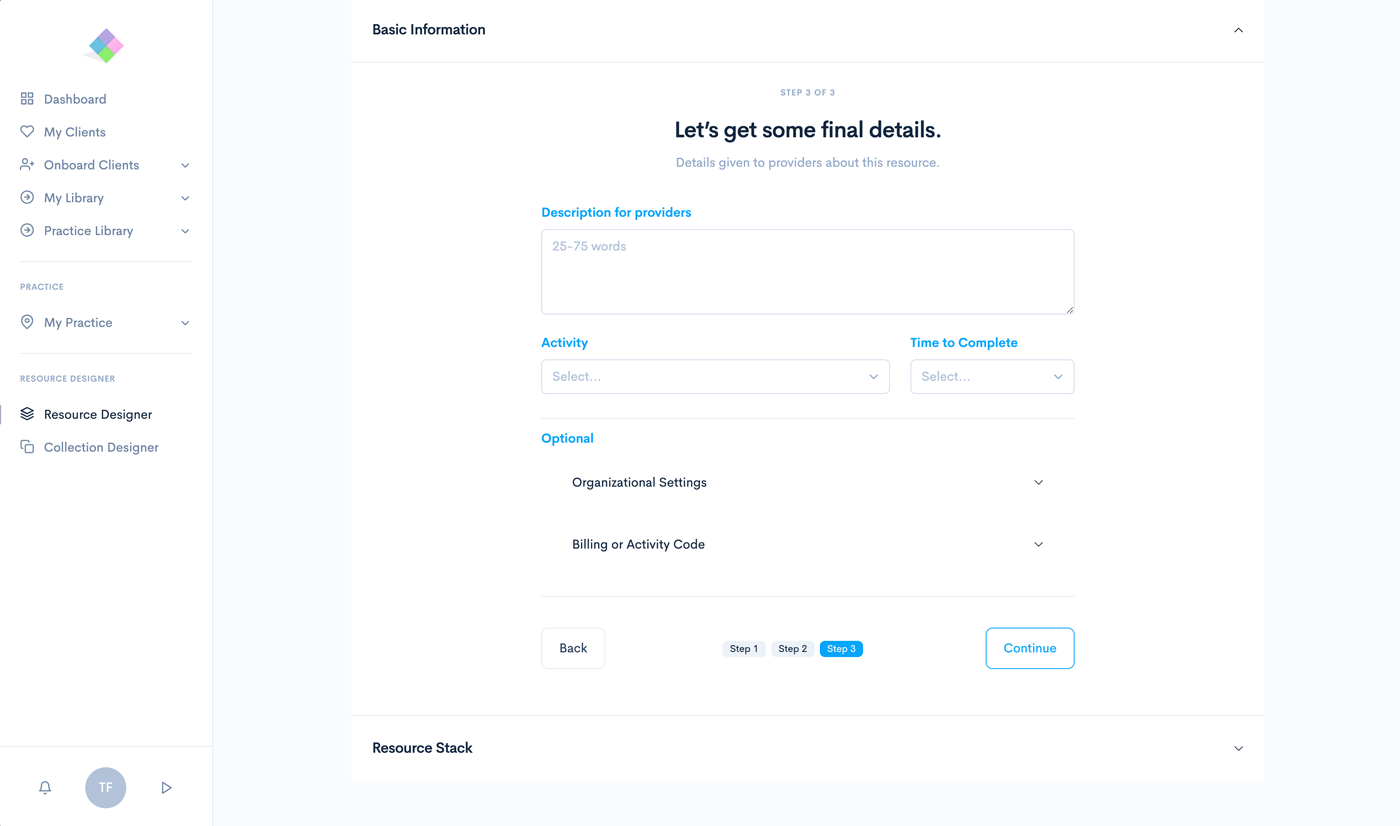
Organization Settings for step three are optional. Use these settings to define the type of modality, the type of application (i.e. anxiety, depression, etc.), and the age group the resource is appropriate for.

And lastly, you can add a Billing or Activity Code along with a description. Billing codes, provider credentials and time-stamps are added automatically during the lifecycle of the resource as providers and clients work together.
Step Four
Create the Resource
This is the fun step! Here you can design any type of resource flow you want. Drag Prompts and Assets into the Resource column in the middle and stack them in the order you want them to flow in. The top-most prompt is the first page the client sees.
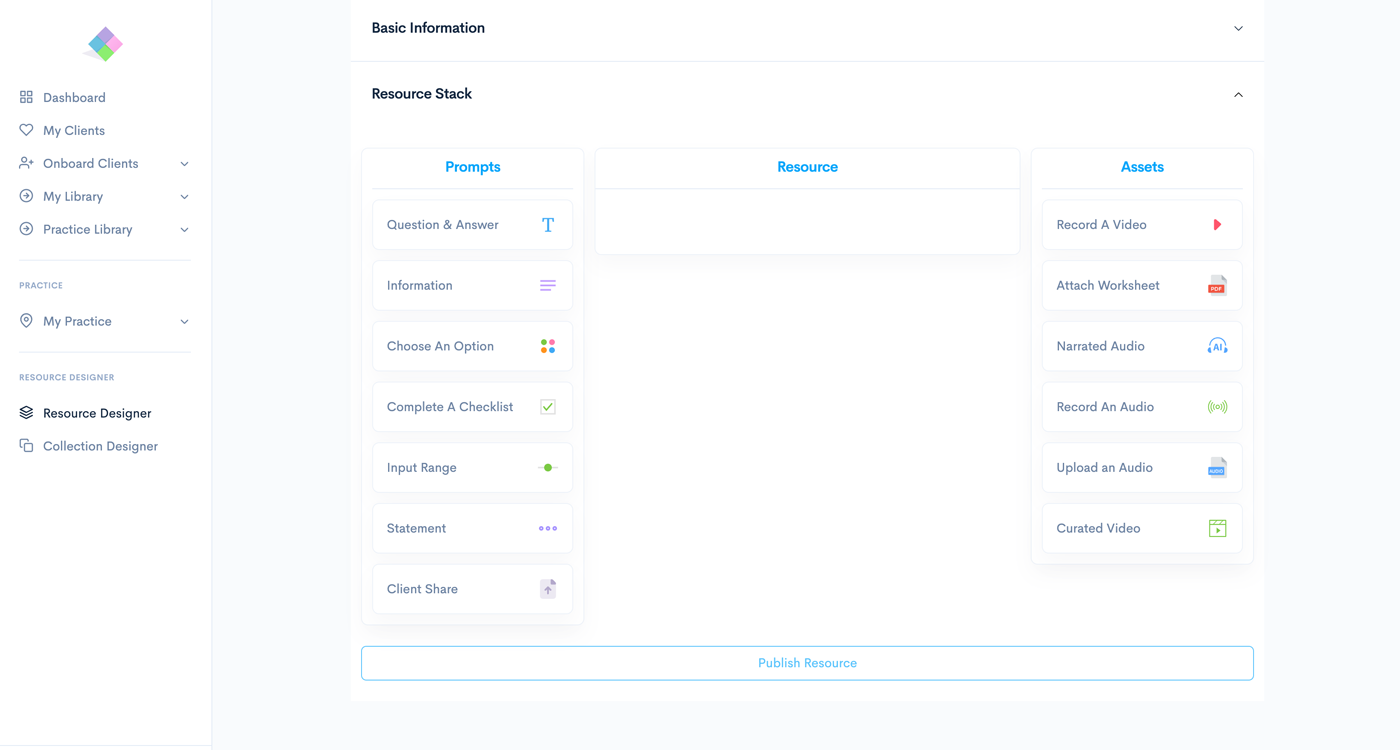
All prompts can present both graphic and video elements to help engage the client in the work. Visuals for each part of the flow can be used to reenforce the messaging on the page and to help deepen understanding as the resource is completed.
Creating a Flow
Resources are presented in a progressive flow from page to page. This allows you to create a guided process for the client to complete the work.
Use the Resource Builder (shown below) to create flows that guide clients through resources. You can Record a Video into the flow to explain and guide clients through the resource.
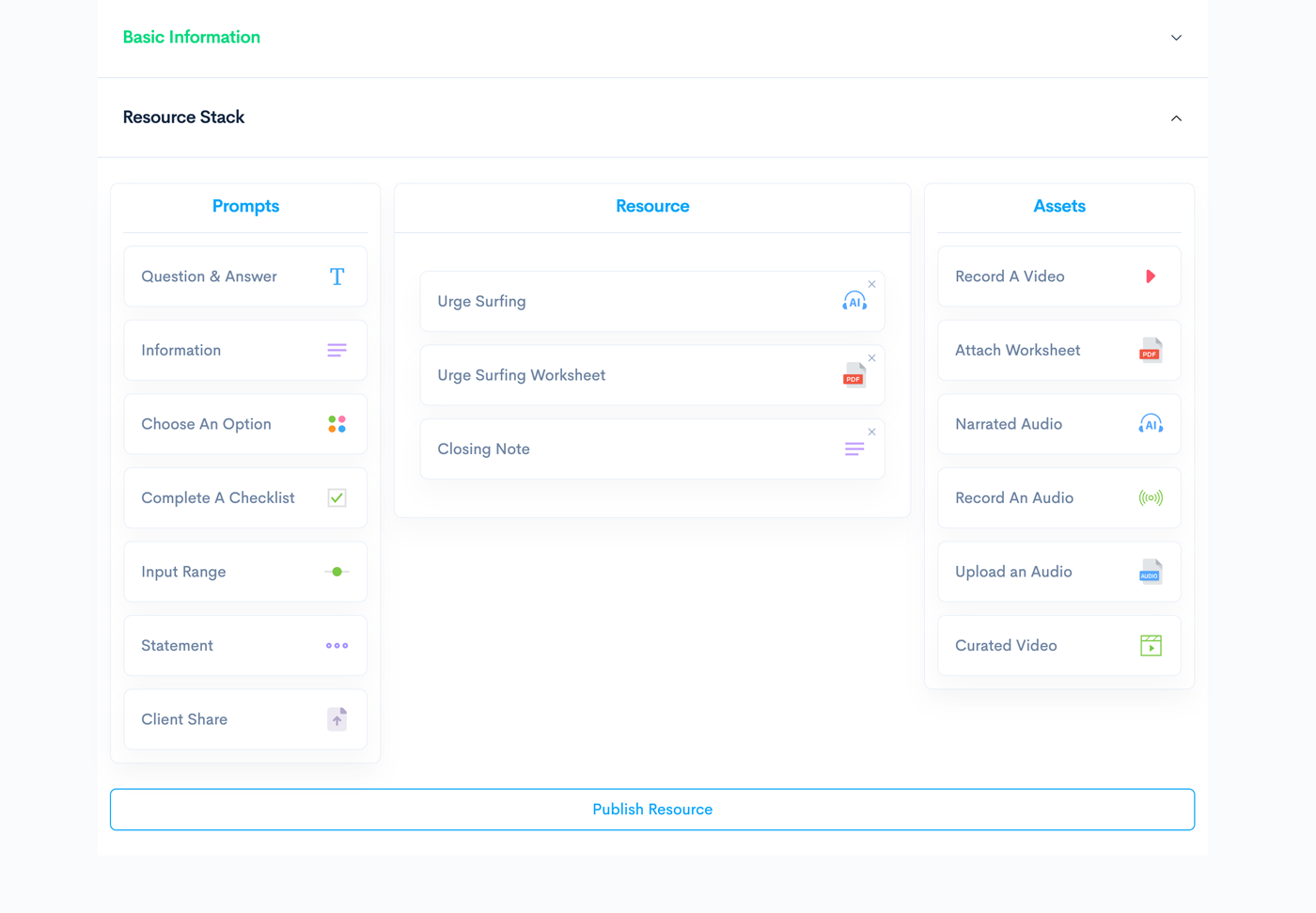
The Resource Builder Flow shown in the example above creates the guided client experience you see below. Flows turn dry psychoeducational homework into an engaging digital experience.
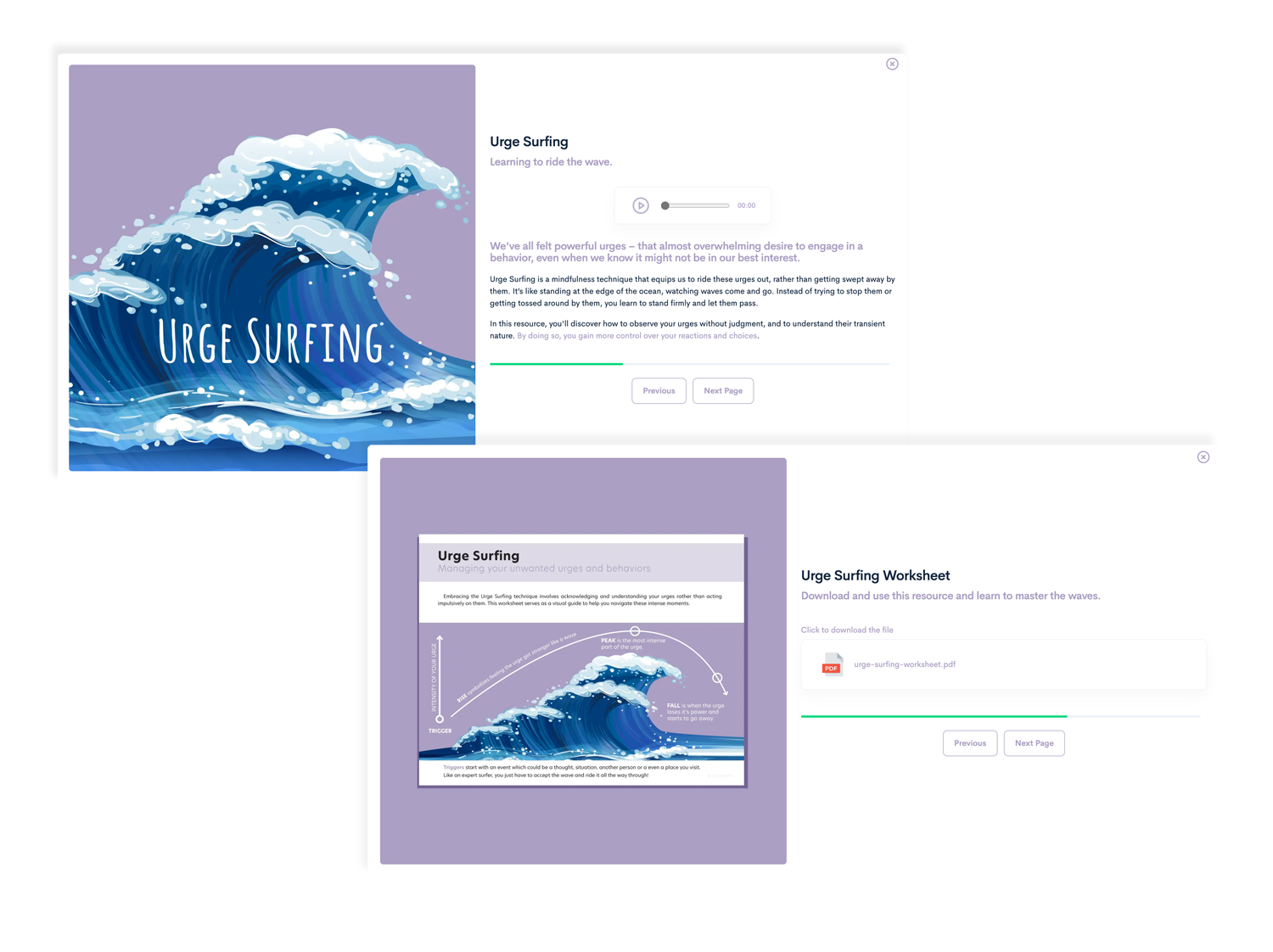
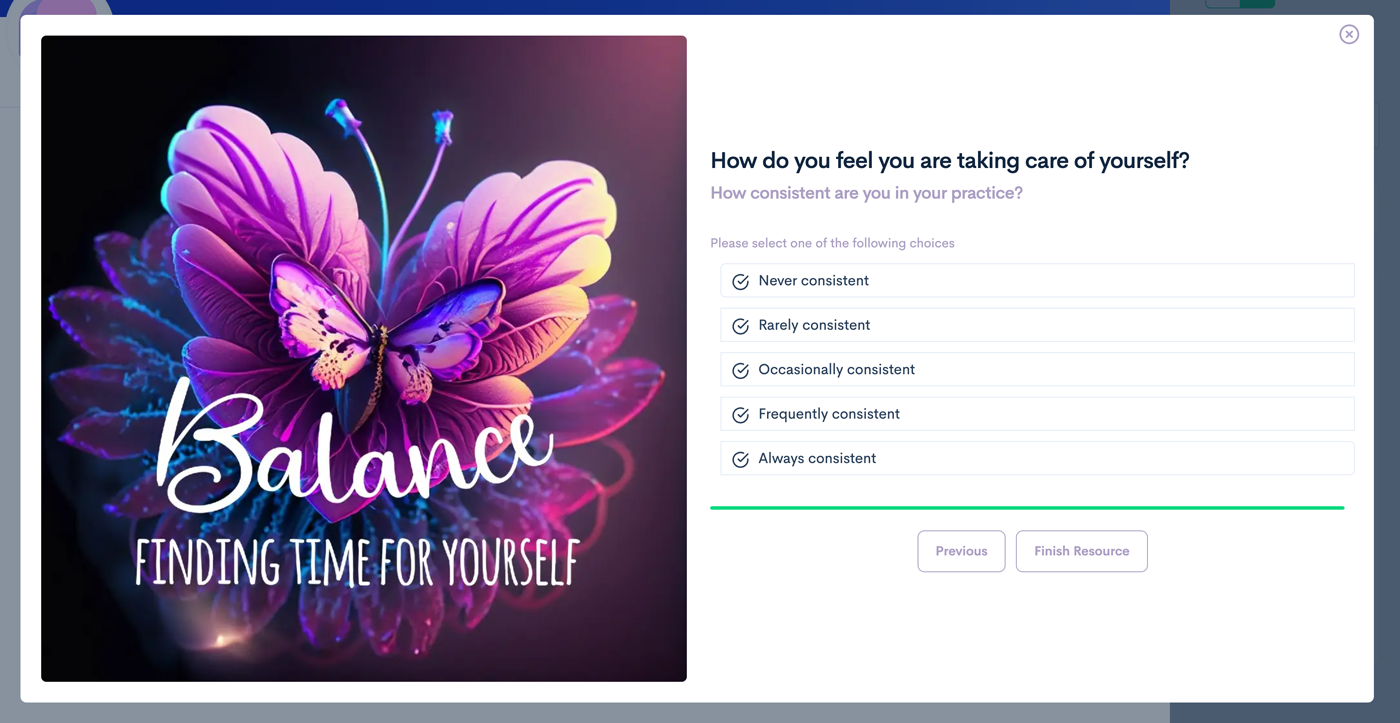
Sharing and Input Prompts
Prompts
The Left Column in the Resource Builder contains Prompts that both present and gather information from the client.
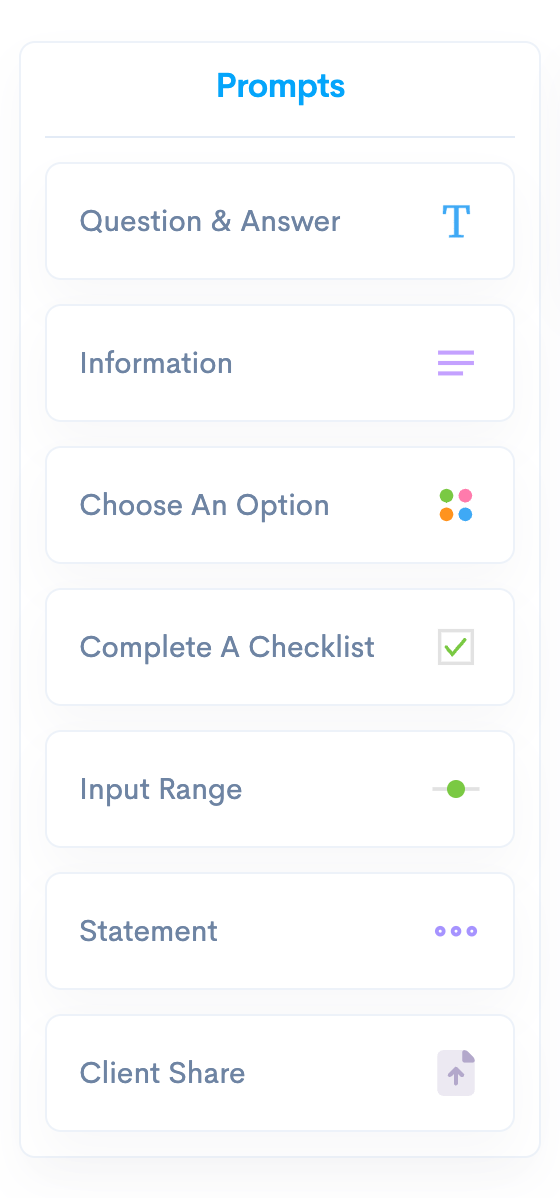
Open-Ended Responses
Question and Answer

Provide clients with open-ended questions that allow sharing of thoughts, feelings, and experiences.
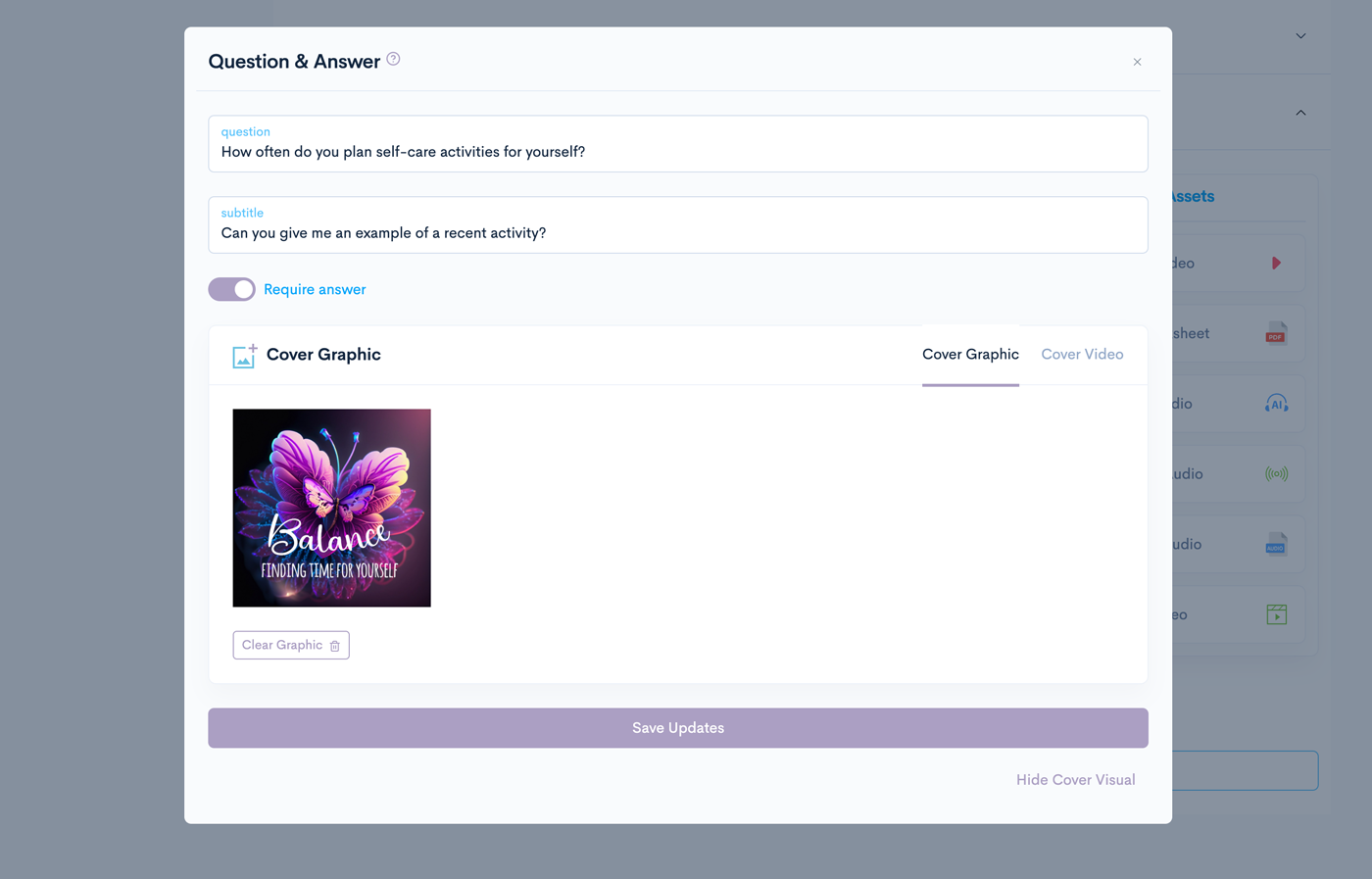
Clients are able to provide an open-ended question.
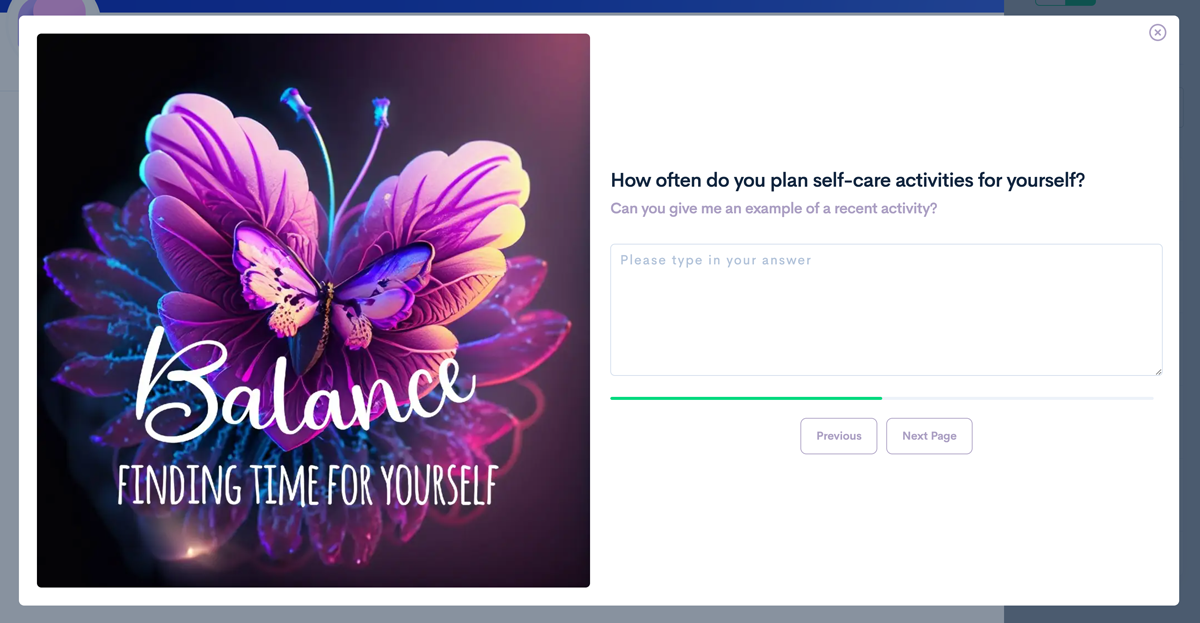
Question and Answer prompts support both graphic and video cover art.
Rich Text Editor
Information

The information prompt contains a rich text editor that lets you enter text and links to external resources. This is useful for providing clients with information about a topic or to provide them with additional context for a resource you are providing in the flow.
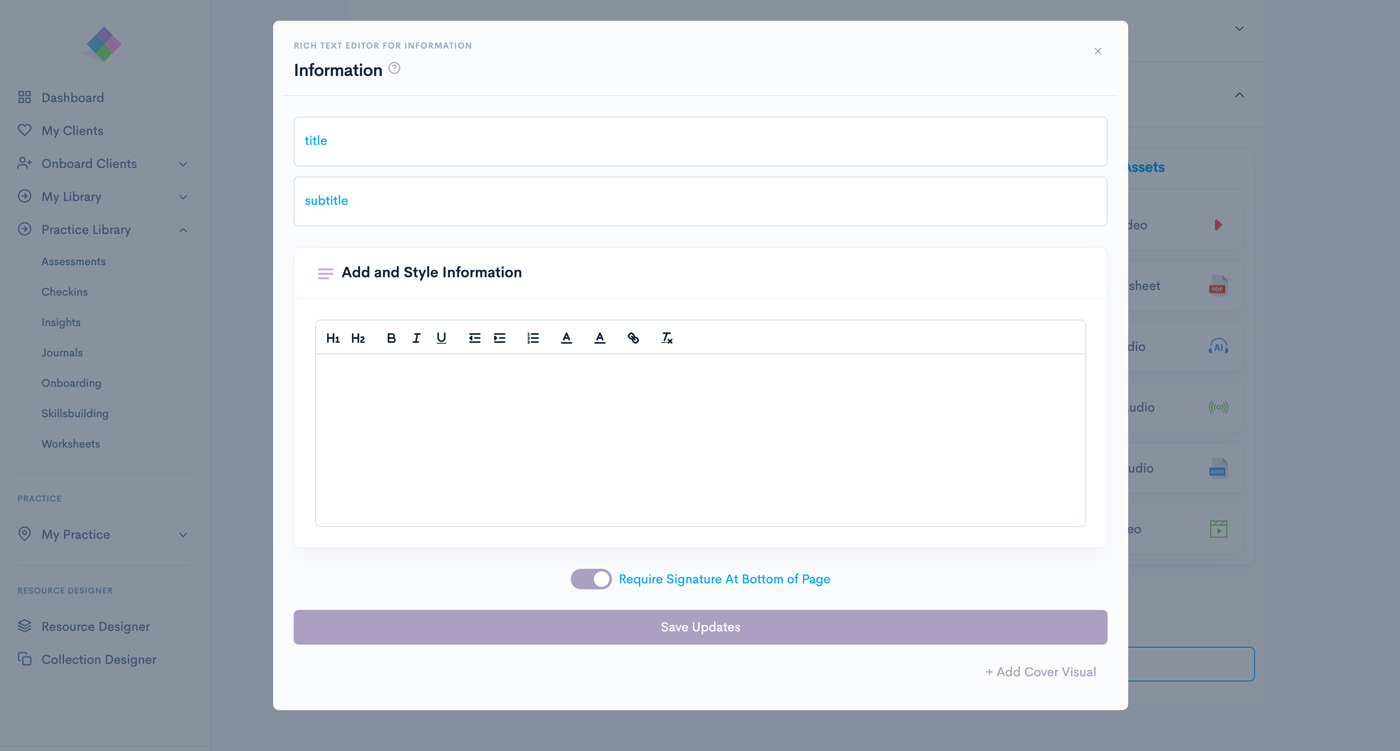
Use the Require Signature option to present information and require a signature. This is great for intake and onboarding forms.
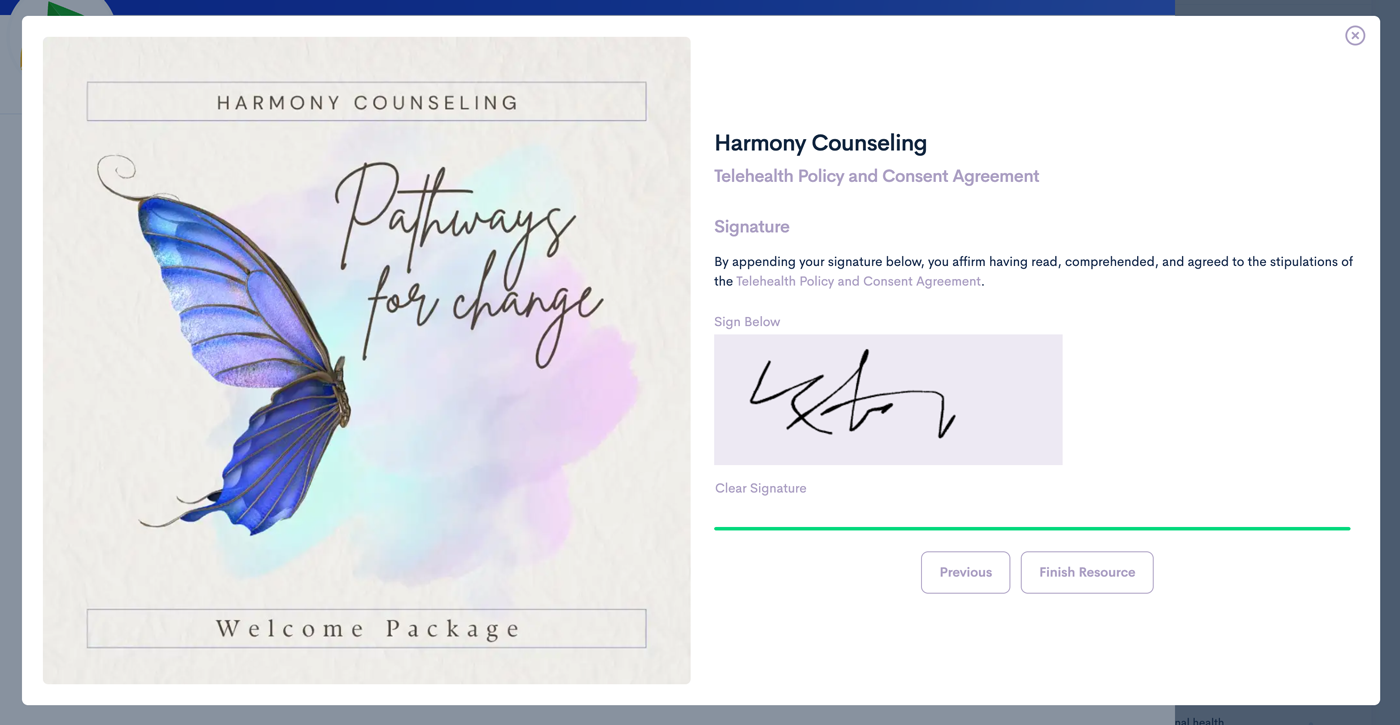
Information prompts support both graphic and video cover art.
Choices and Measurements
Choose an Option

This prompt flow helps providers gather client data for insight gathering.
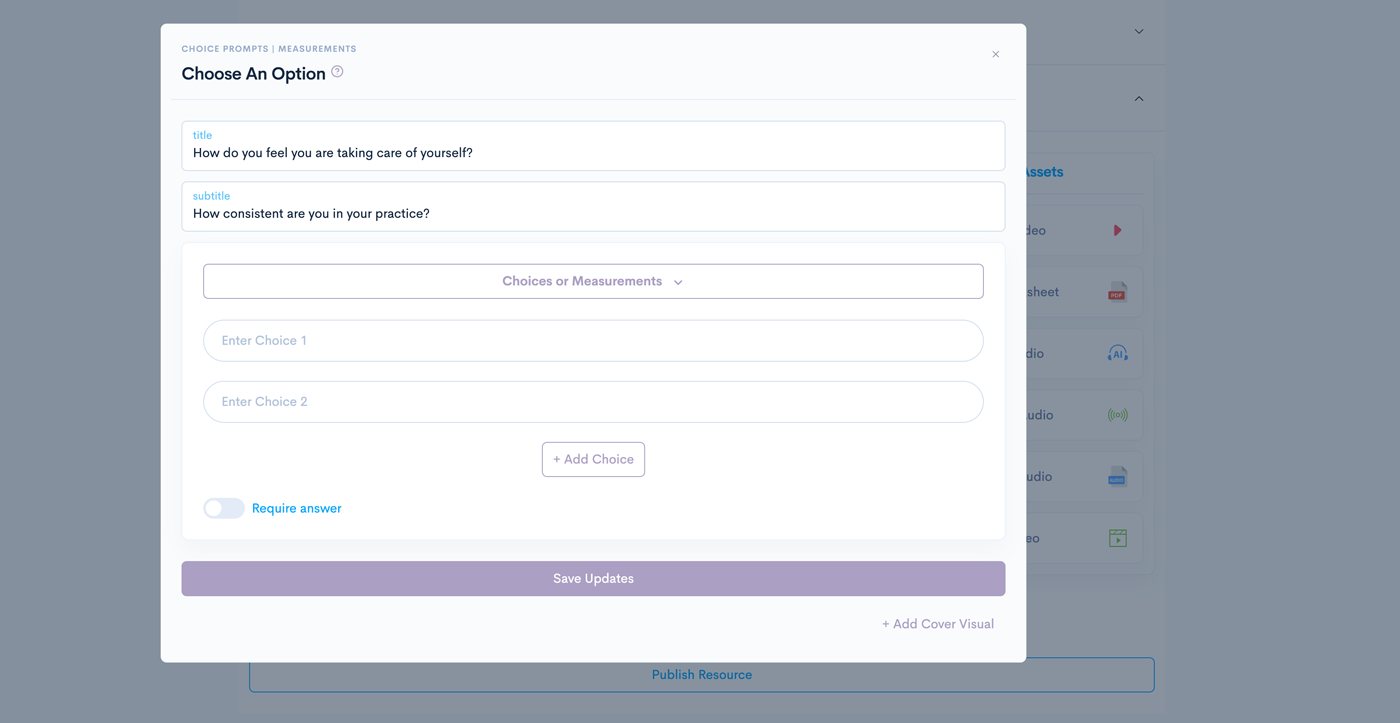
Includes 25 preset measurement options for building resources flows that include qualitative measurements. This can be for assessments or general data gathering from a client using simple range sliders and button input groups.
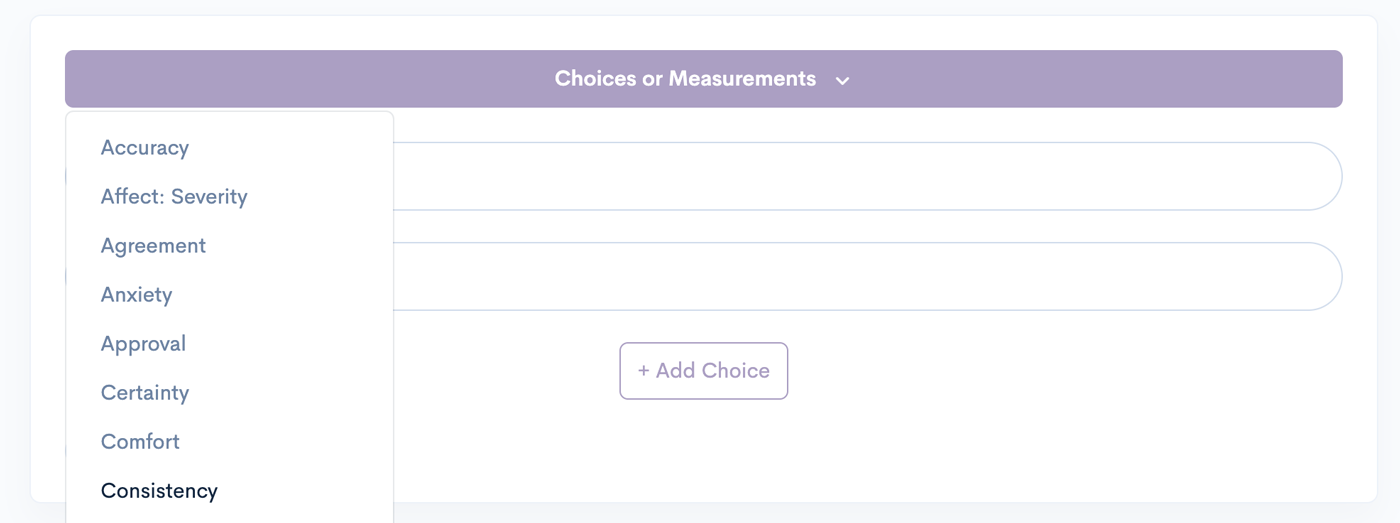
The measurement options are then automatically created for you. This helps create uniformity in the data gathering process over time or across multiple prompts in a flow.
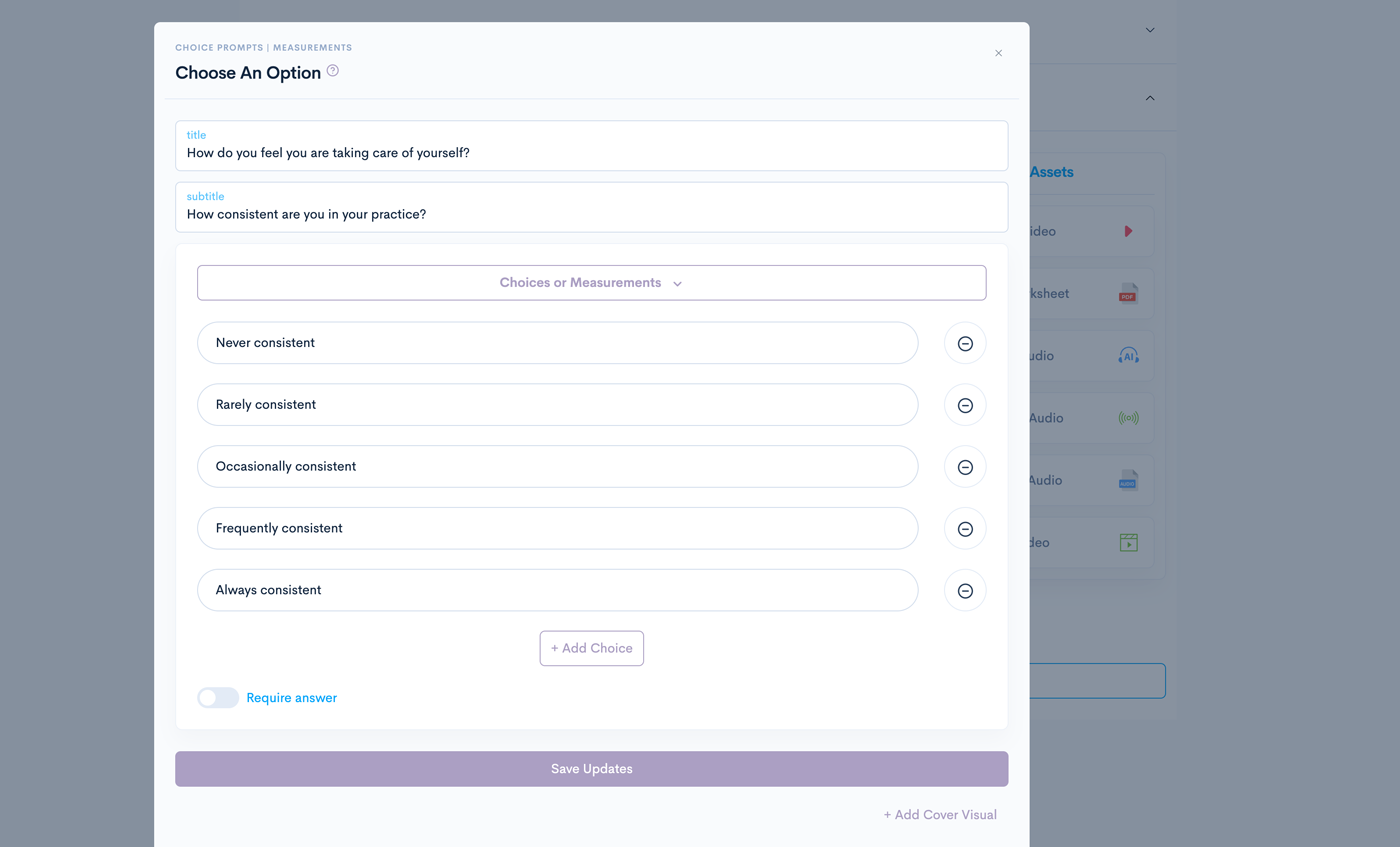
Clients experience a simple set of choices and can select the one that best applies.

Choose an Option prompt supports both graphic and video cover art.
Select Multiple Choices
Complete a Checklist

Clients can check off as many items that might apply to them from a list.
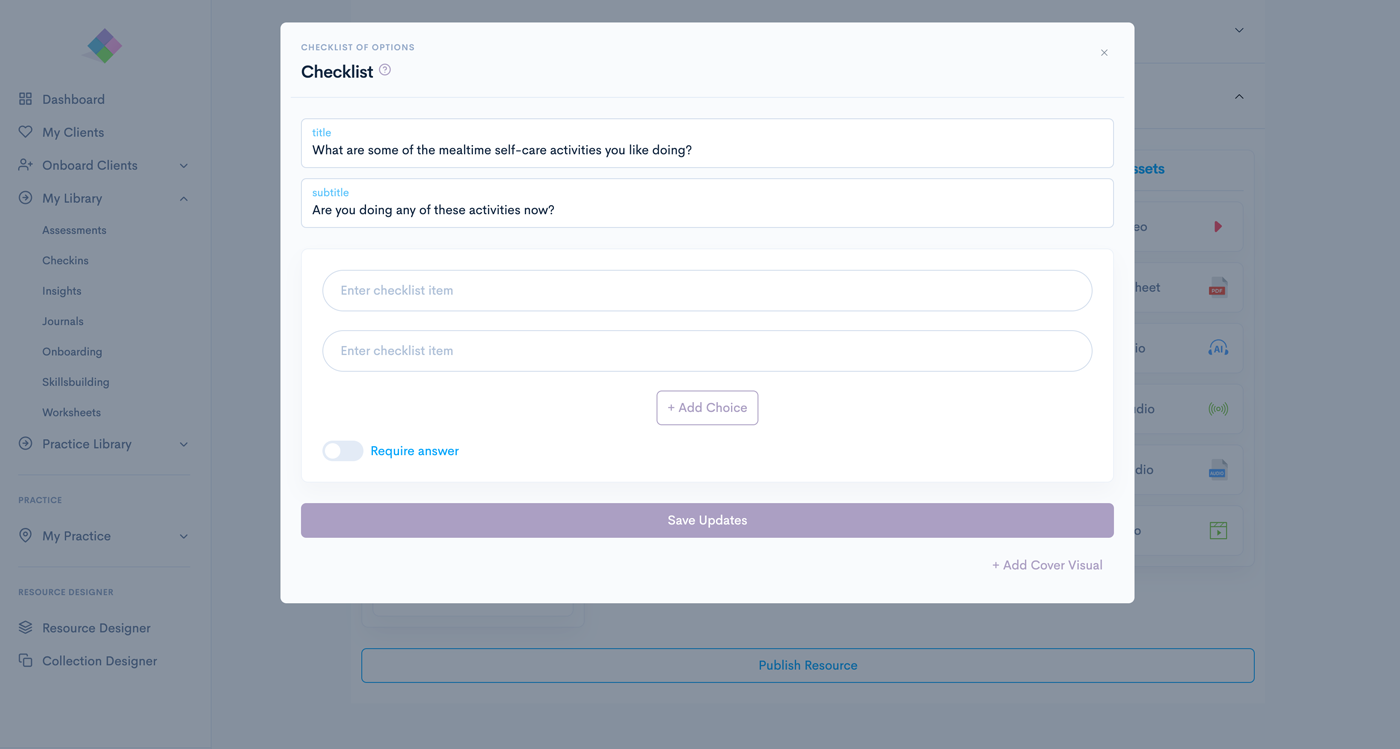
Add as many checklist items as you need.
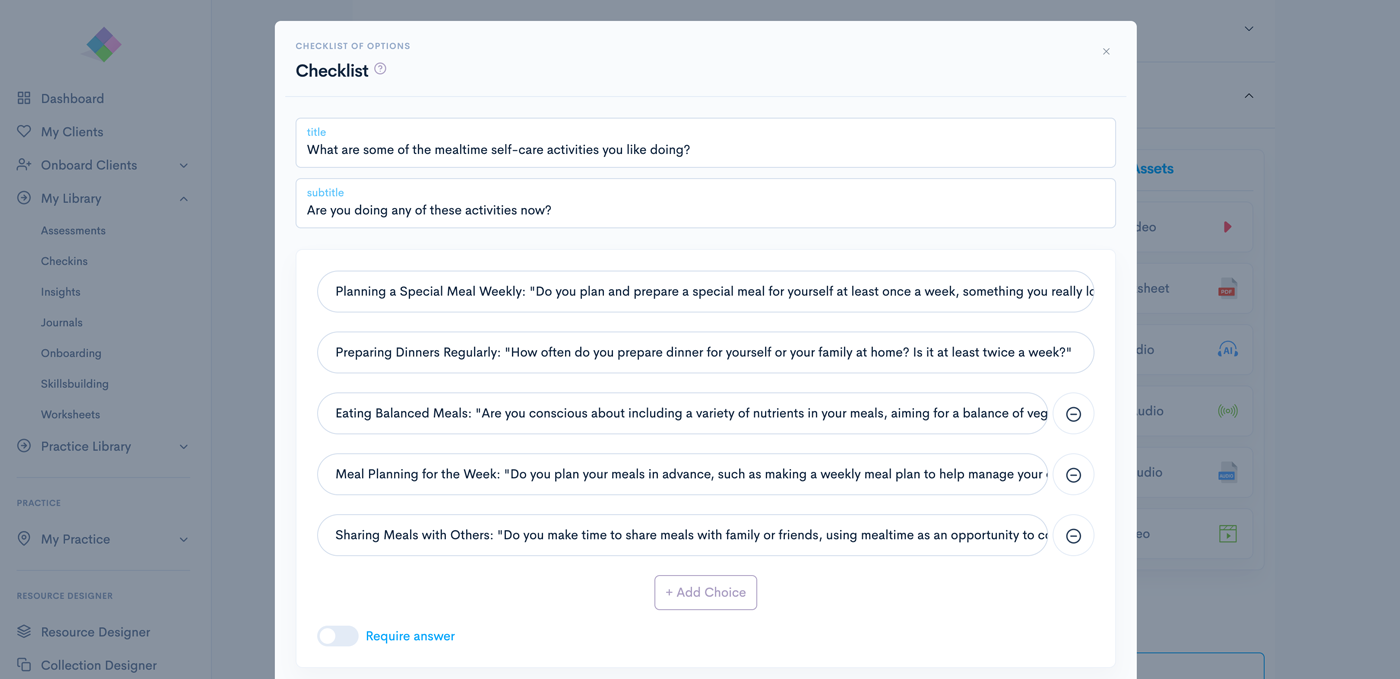
Items can be short or long, as shown in the example below.
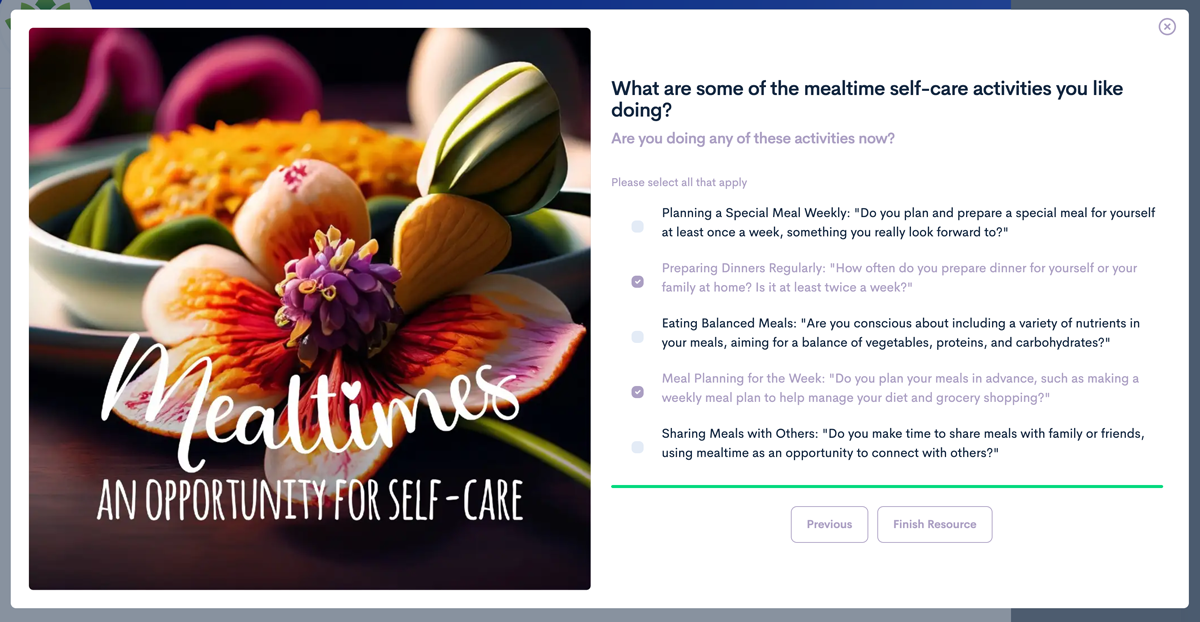
The Checklist prompt supports both graphic and video cover art.
Ranged Data Instruments
Input Range

Simple slider and button options from the client gather specific ranged data through these quantitative based instruments.
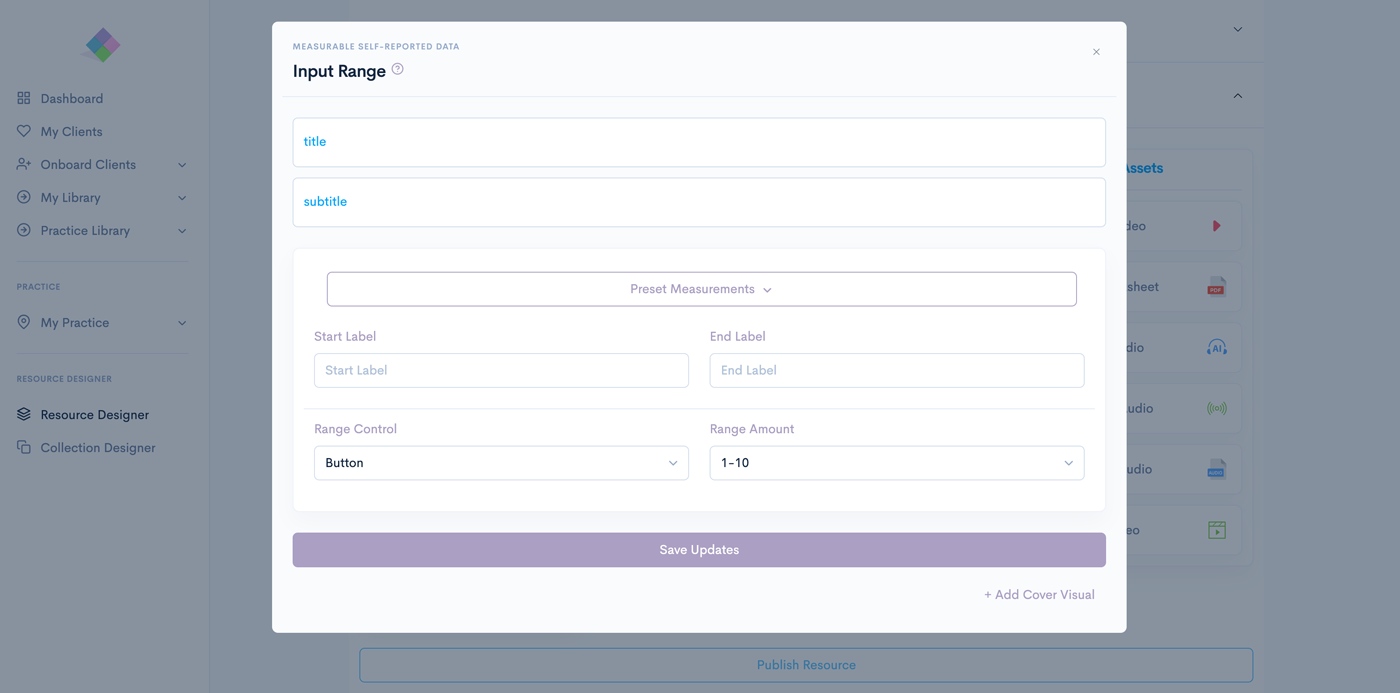
Select from preset Range Labels and input settings.
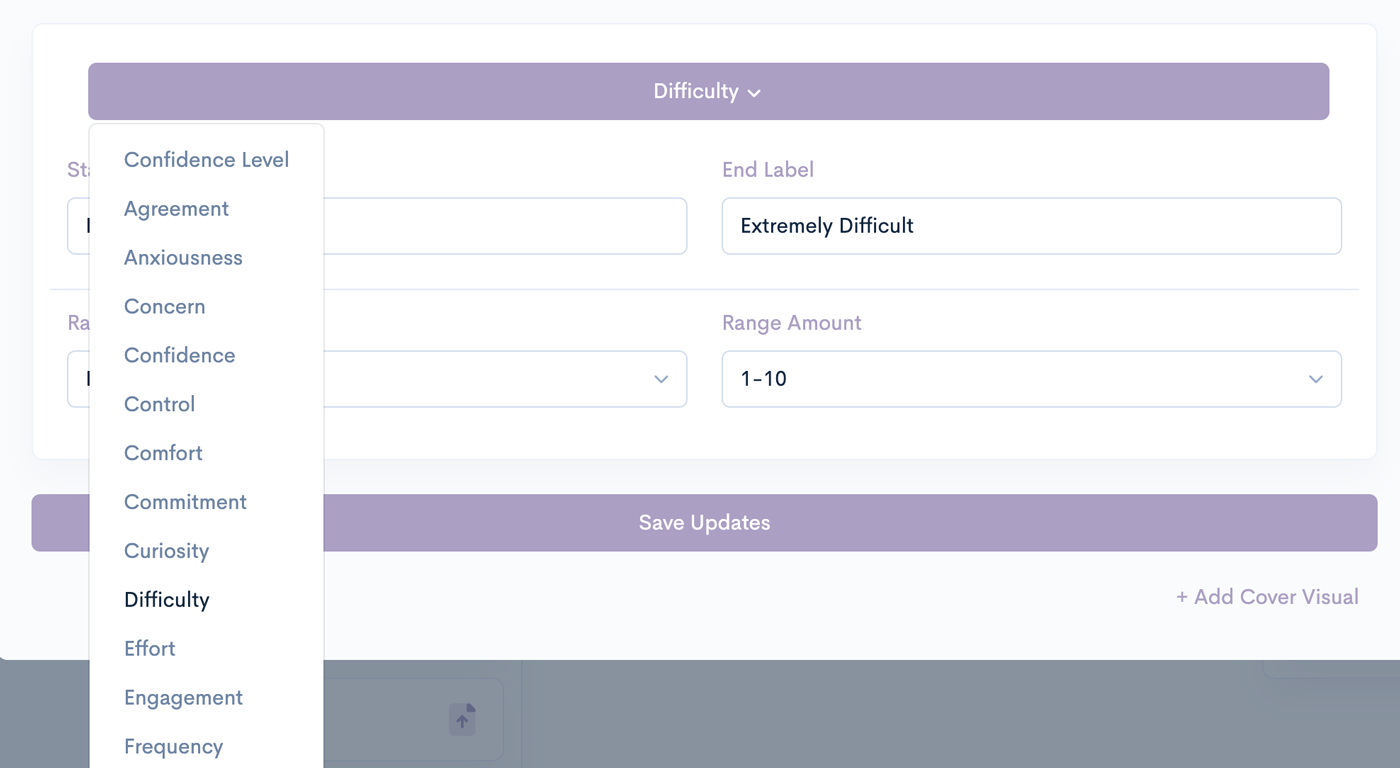
Input controls are updated with the presets.
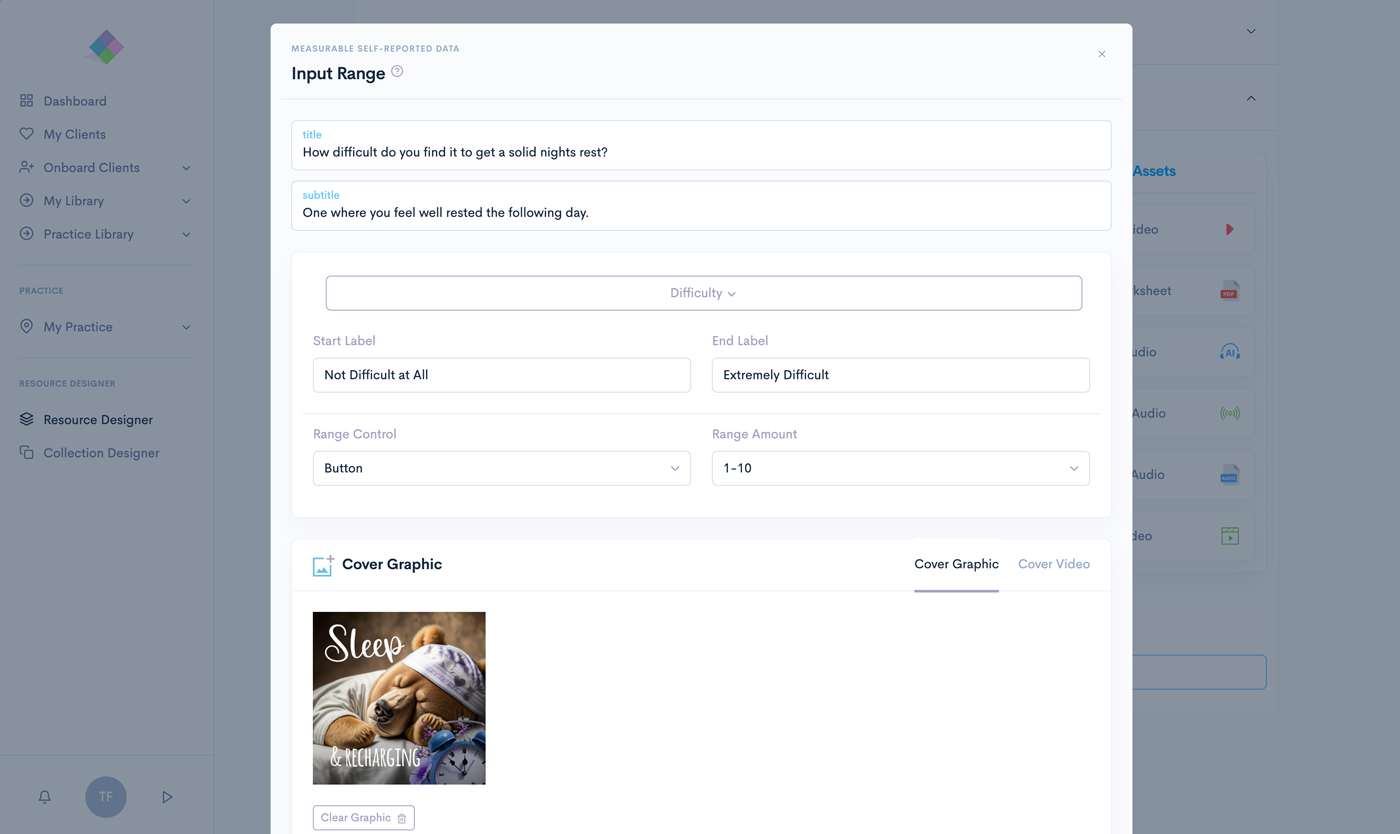
Clients are shown the type of input controls you defined in the prompt flow.

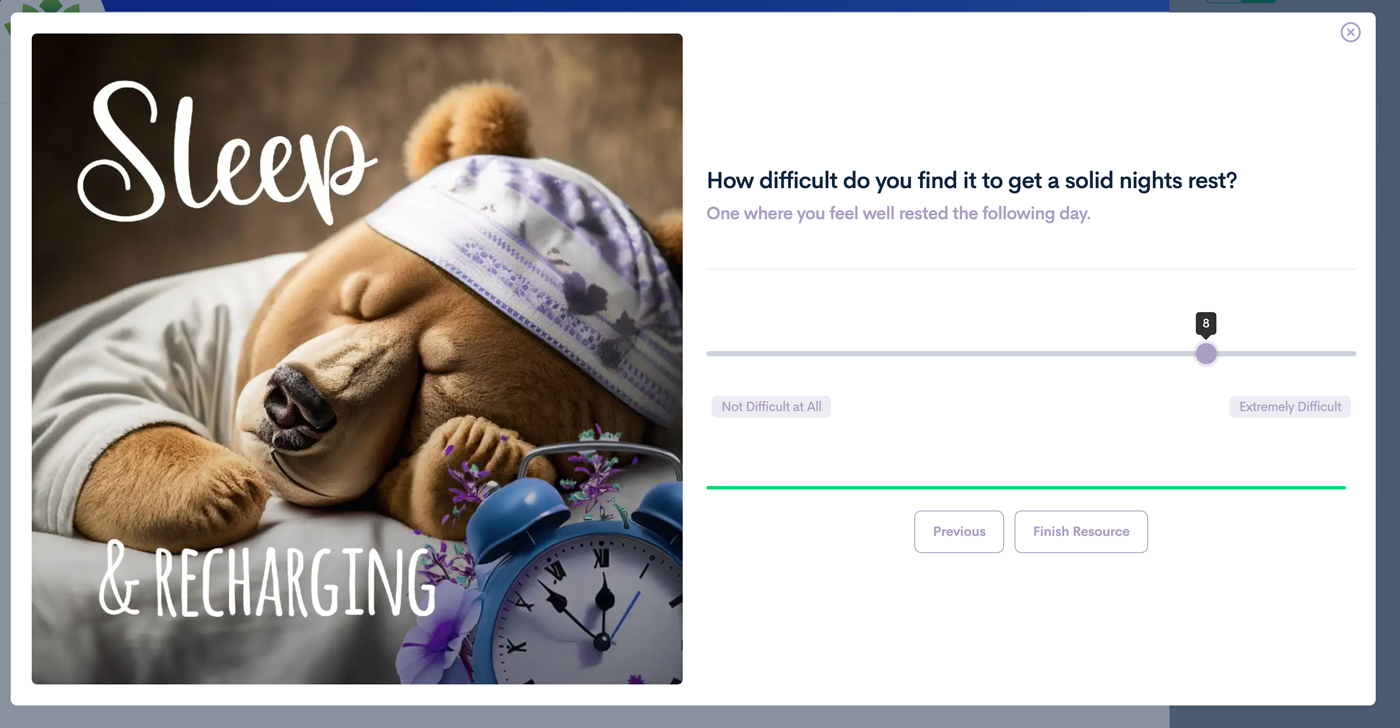
The Input Range prompt supports both graphic and video cover art.
Provide Simple Information
Statement

Useful for adding a simple statement, subtitle and ordinary unstyled copy page to the flow.
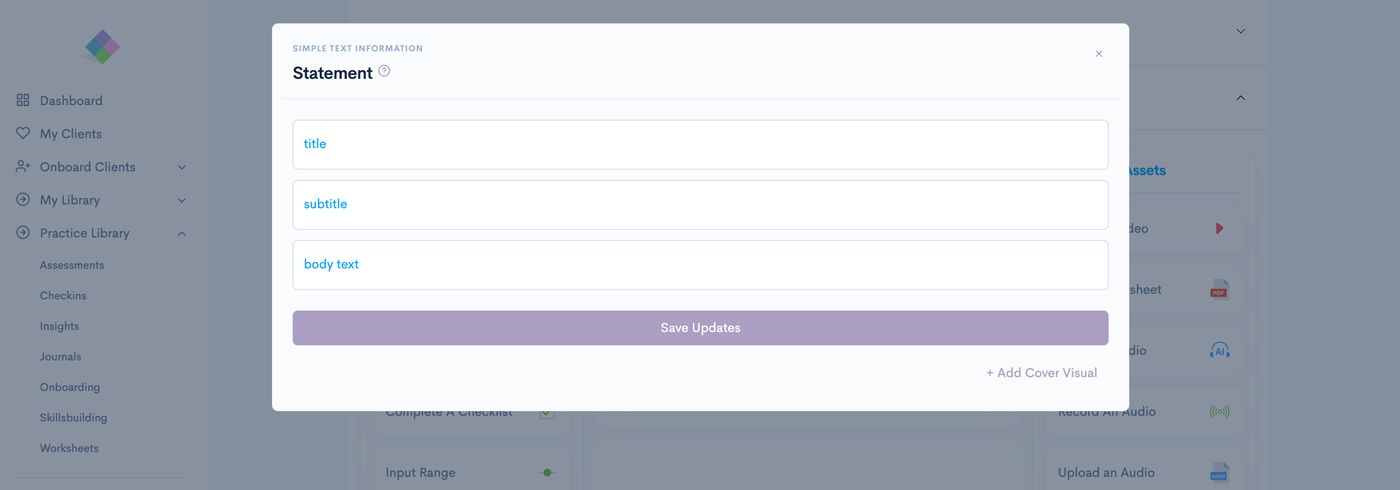
Statement prompts are fast to design. No text styling is required.
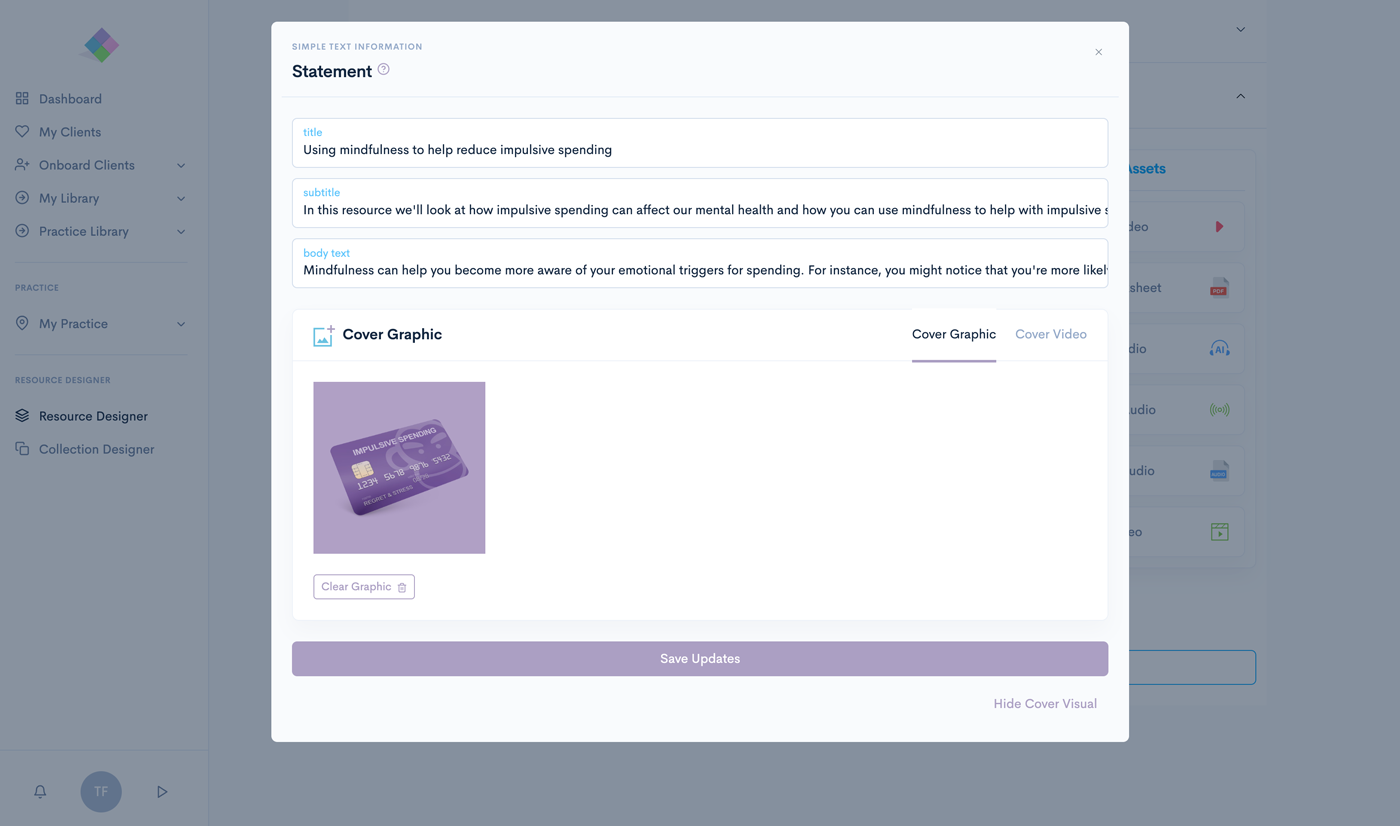
Clients are shown the statement and visual in a simple design.
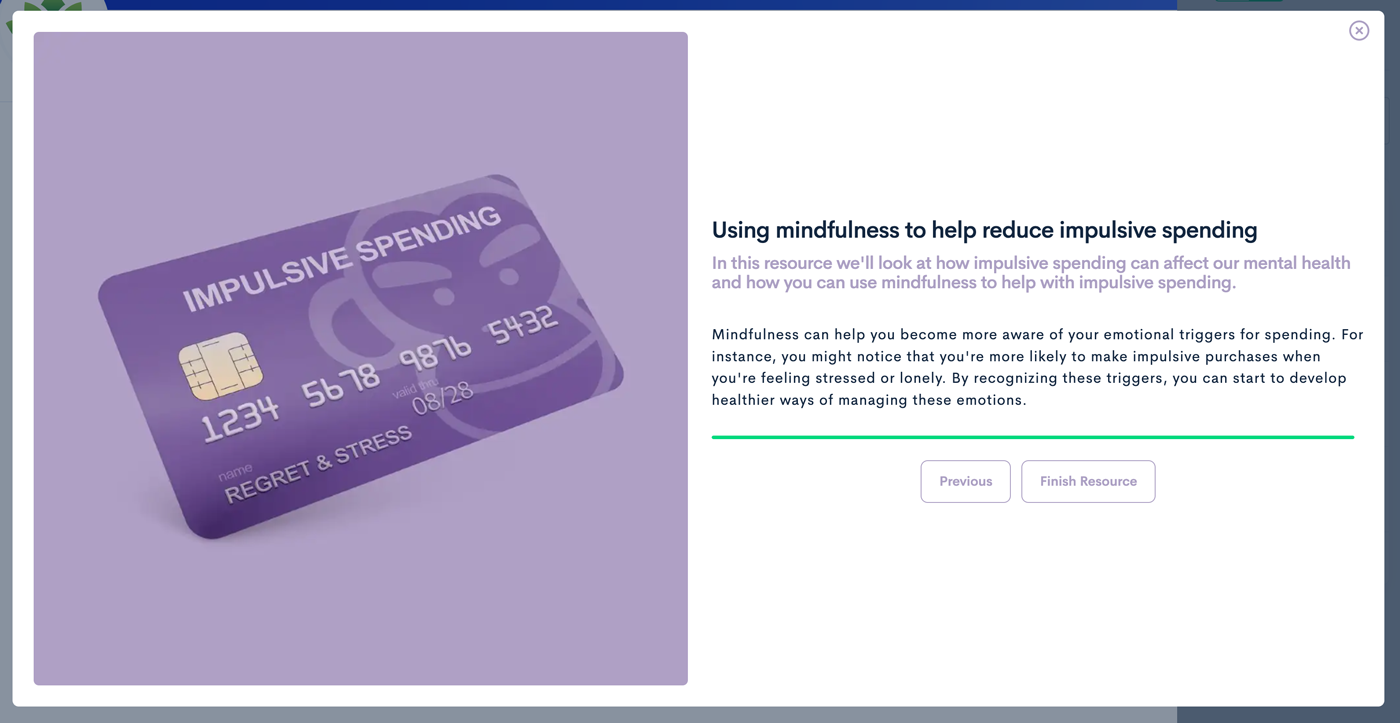
The Statement prompt supports both graphic and video cover art.
Client Share

As part of your flow you can ask clients to share by recording a short video in response to a prompt question, as part of a journaling expercise, or as part of a check in to keep providers closely update on clients. Unlike email or messages, video sharing gives providers insights into the client's affect during the recording.

Give the resource a title and context and ask the client to record a short video.
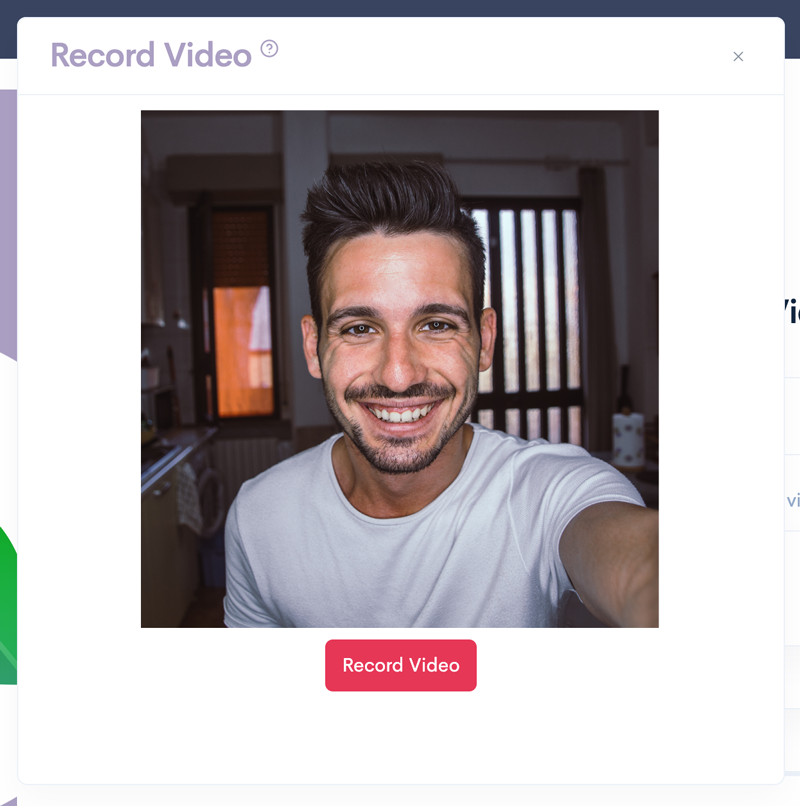
The video is returned as part of the resource. Recording time is limited to short 60 second or less videos.
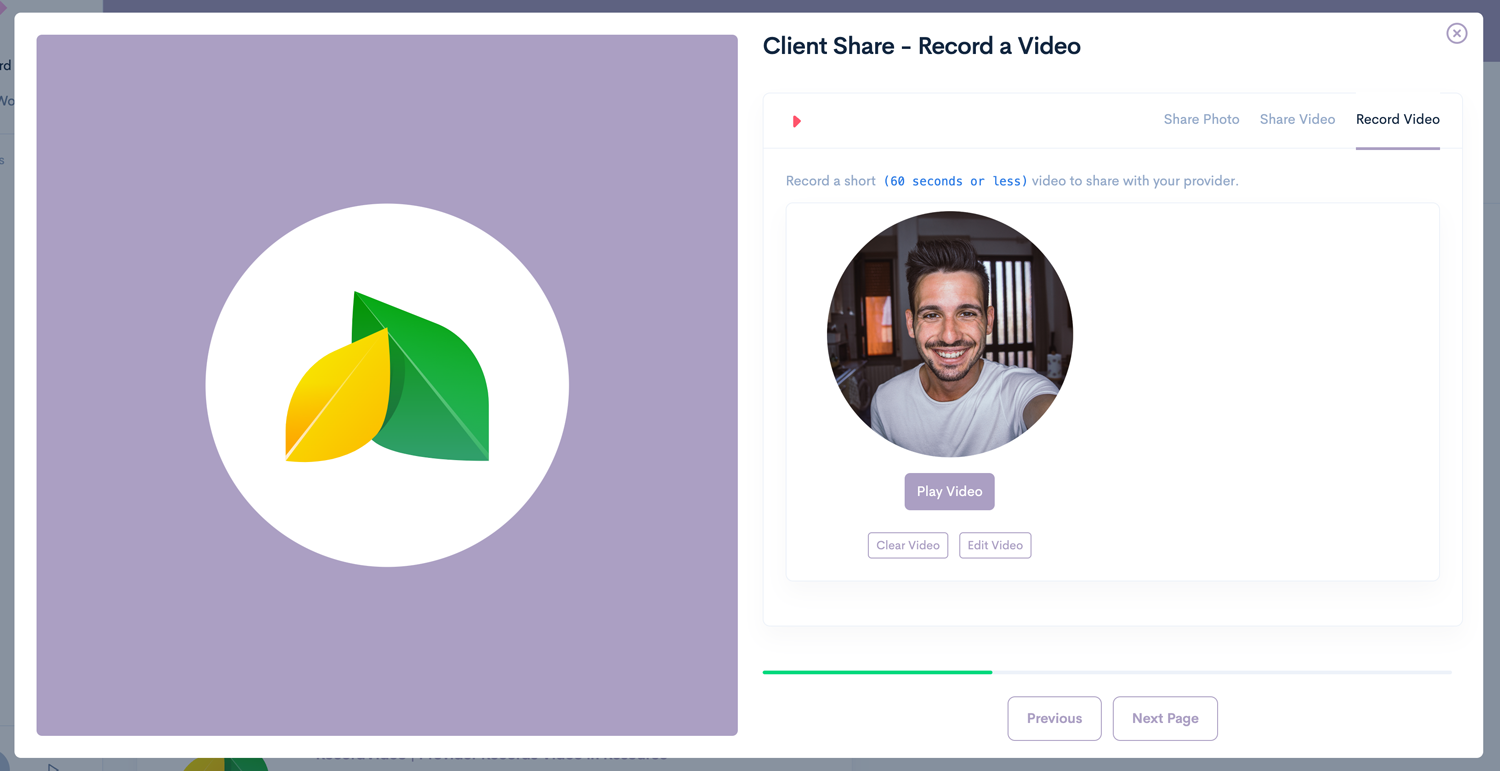
The Client Share prompt supports both graphic and video cover art.
Digital & Media Assets
Assets
The Right Column in the Resource Builder contains Asset prompts that deliver page flows with videos, files, narrated guides, audio and curated videos.
Personalize Resources With A Video
Record a Video

Record a Video offers providers a tool that can help build therapeutic alliance and deepen client engagement.
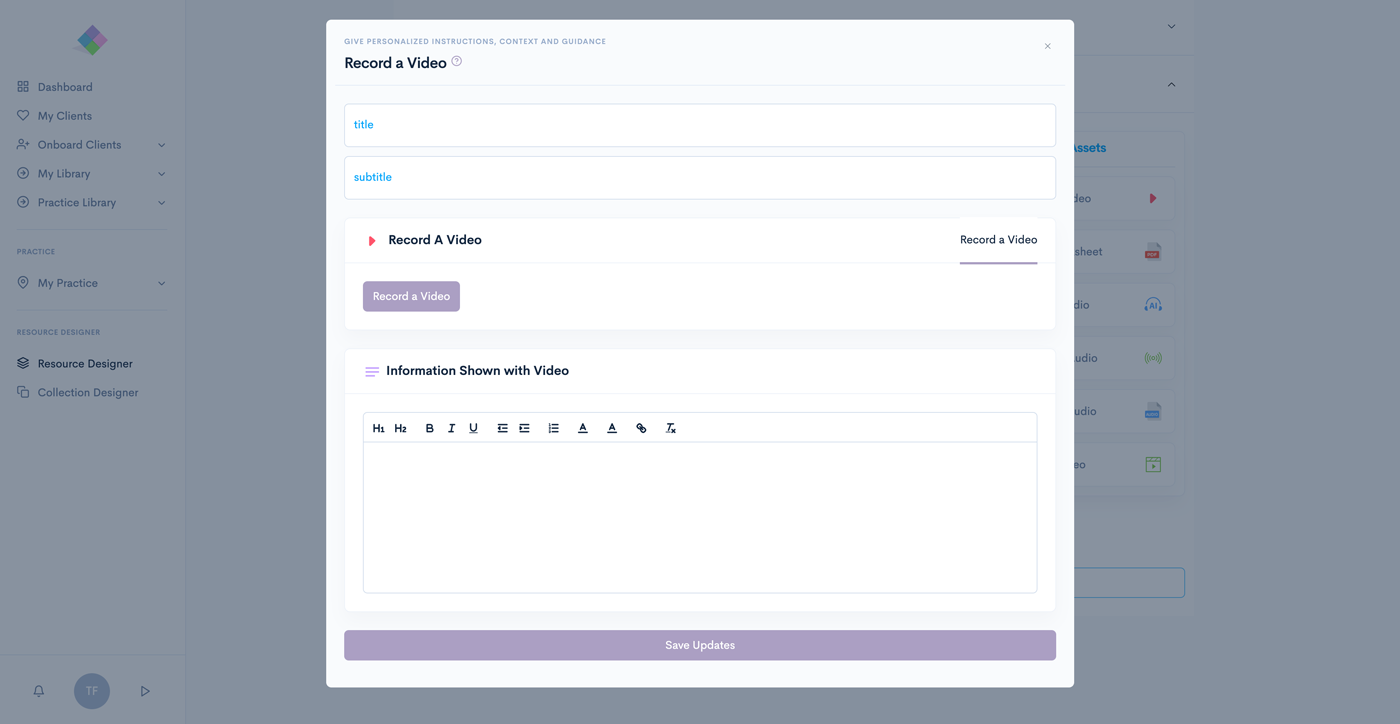
The videos are meant to be short and personalized. You are limited to two minutes of recording time.
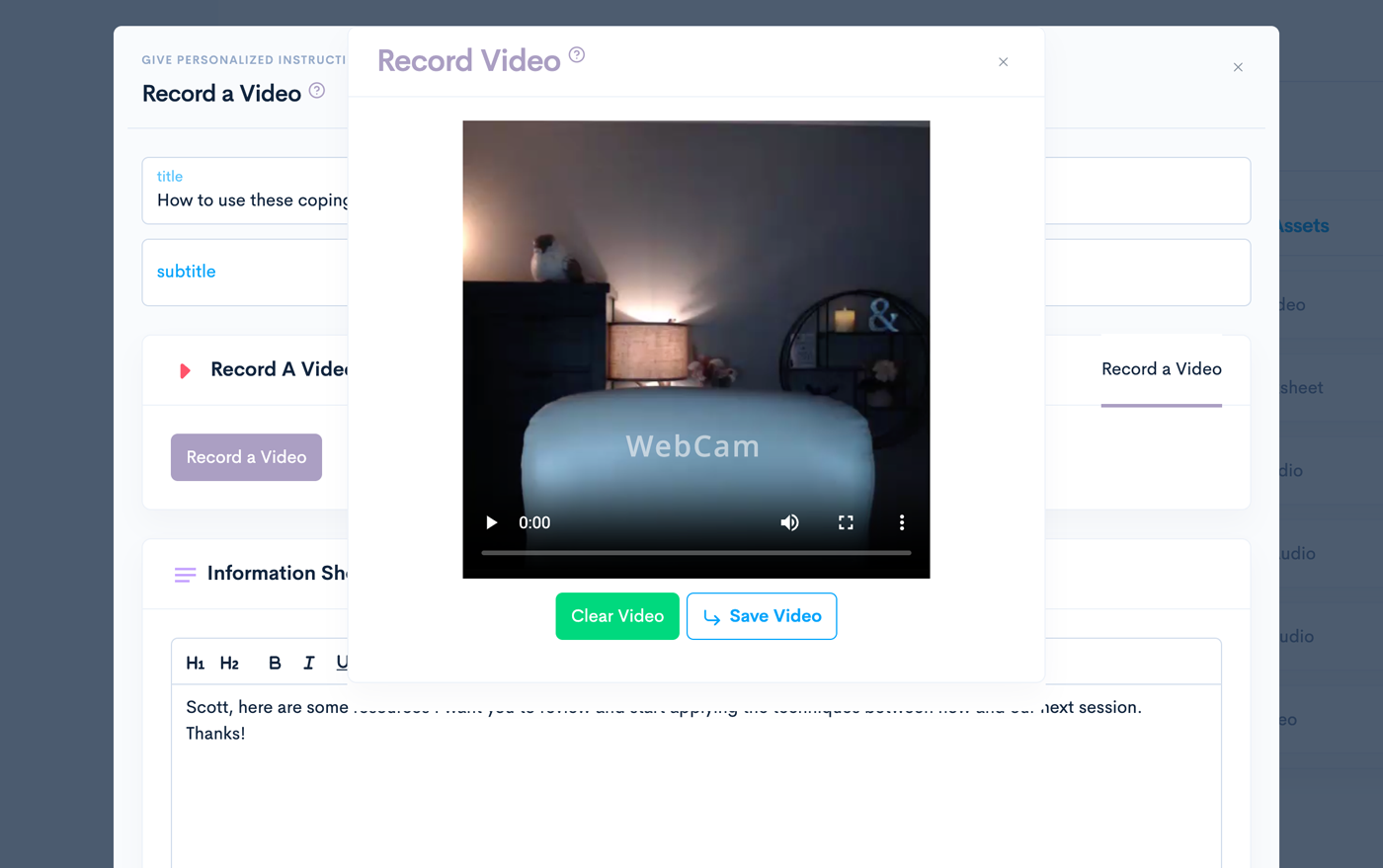
The recorded video is now embedded into the resource.
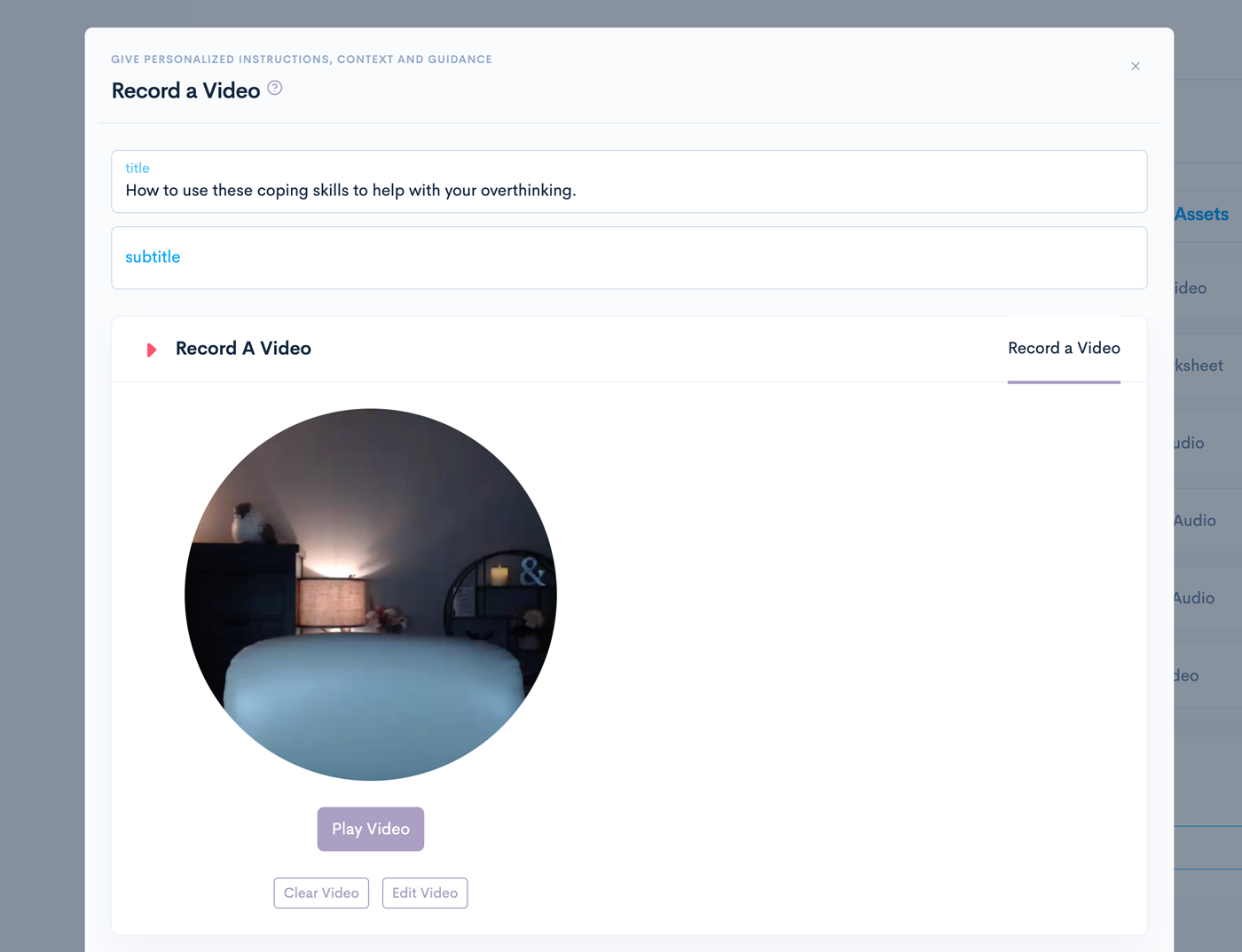
Recorded videos can be edited to trim and finetune.
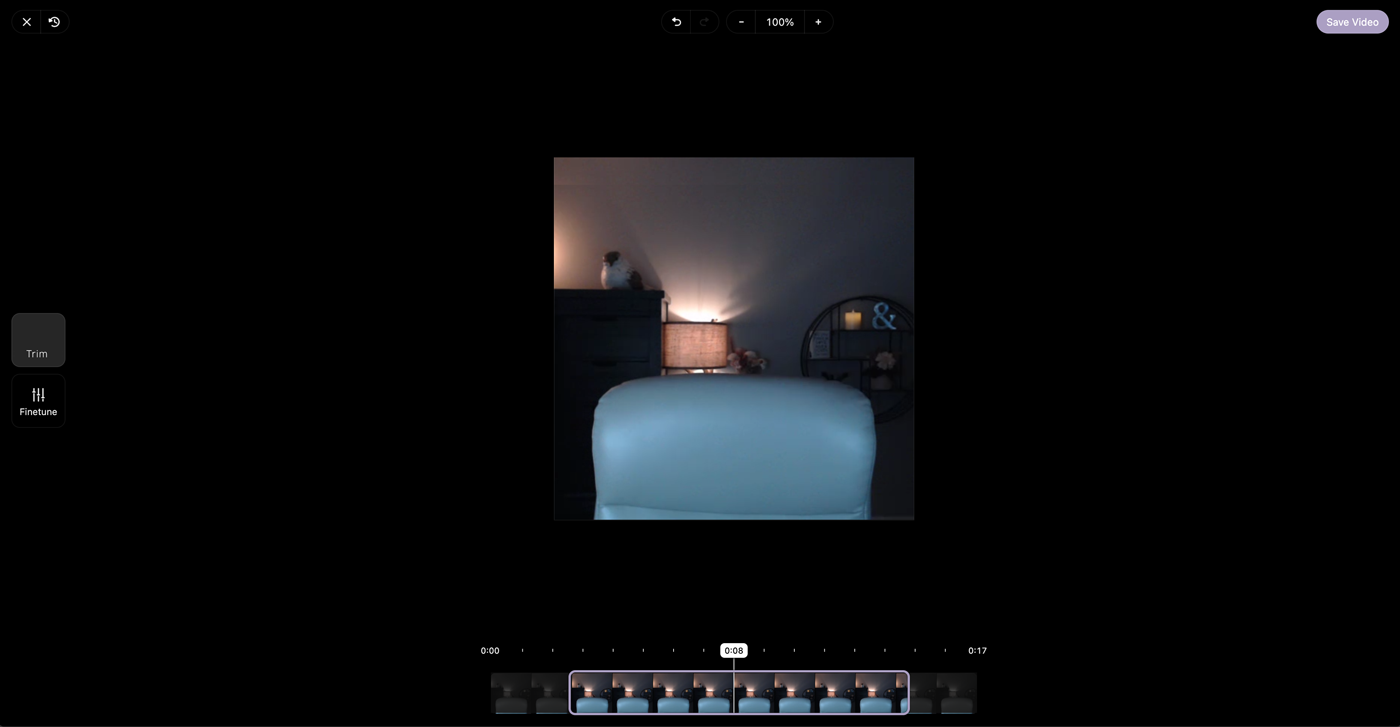
Clients see your recorded video wherever you place it in the resource flow. Recording an introduction or adding personalized context to a resource can be done once then sent to many clients over time.
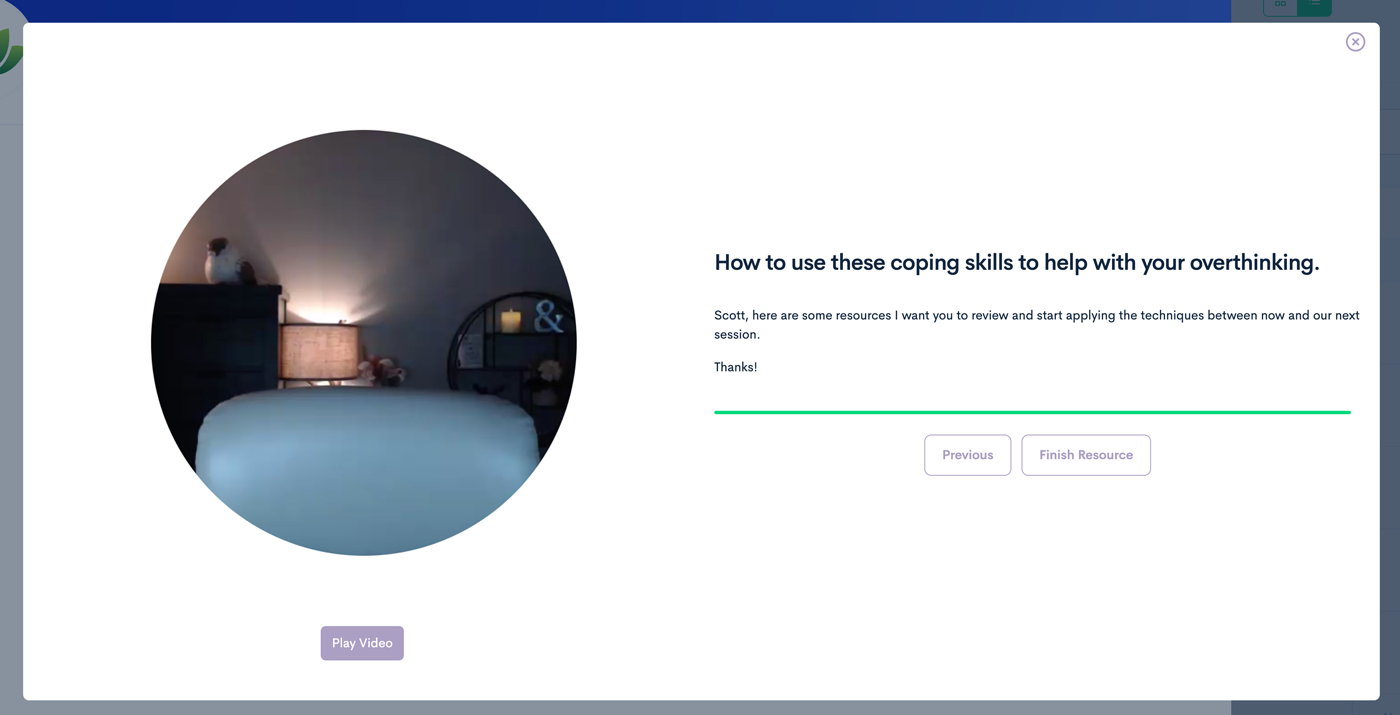
The Record a Video prompt does not support cover artwork - the video is shown in lieu of the cover.
Documents & Worksheets
Worksheets

Providers can upload workbooks, worksheets or other digital resources they frequently use as part of their care. Sending over the platform creates a time-stamped record of the provider credentials and client engagement in the Quality of Care report.
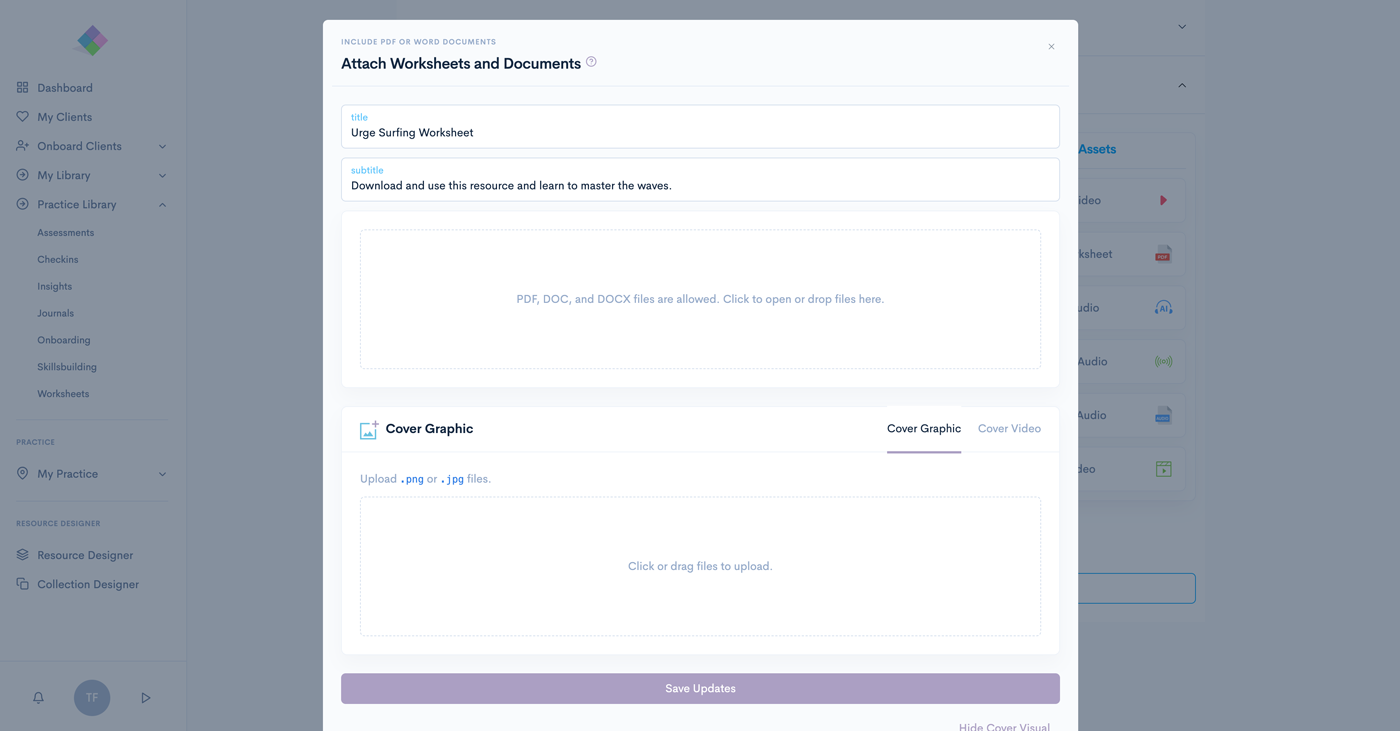
Worksheet prompts accept.pdf and .doc | .docx files.
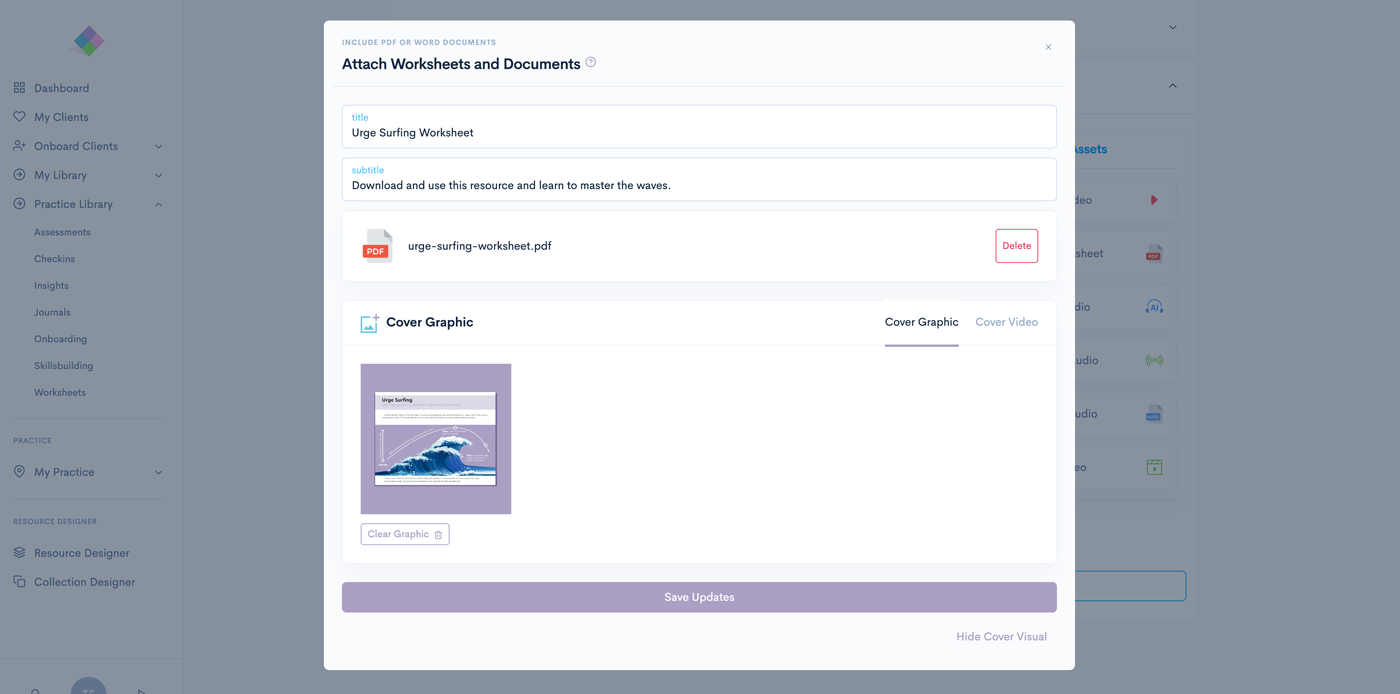
Clients are shown the document to download as part of the resource.
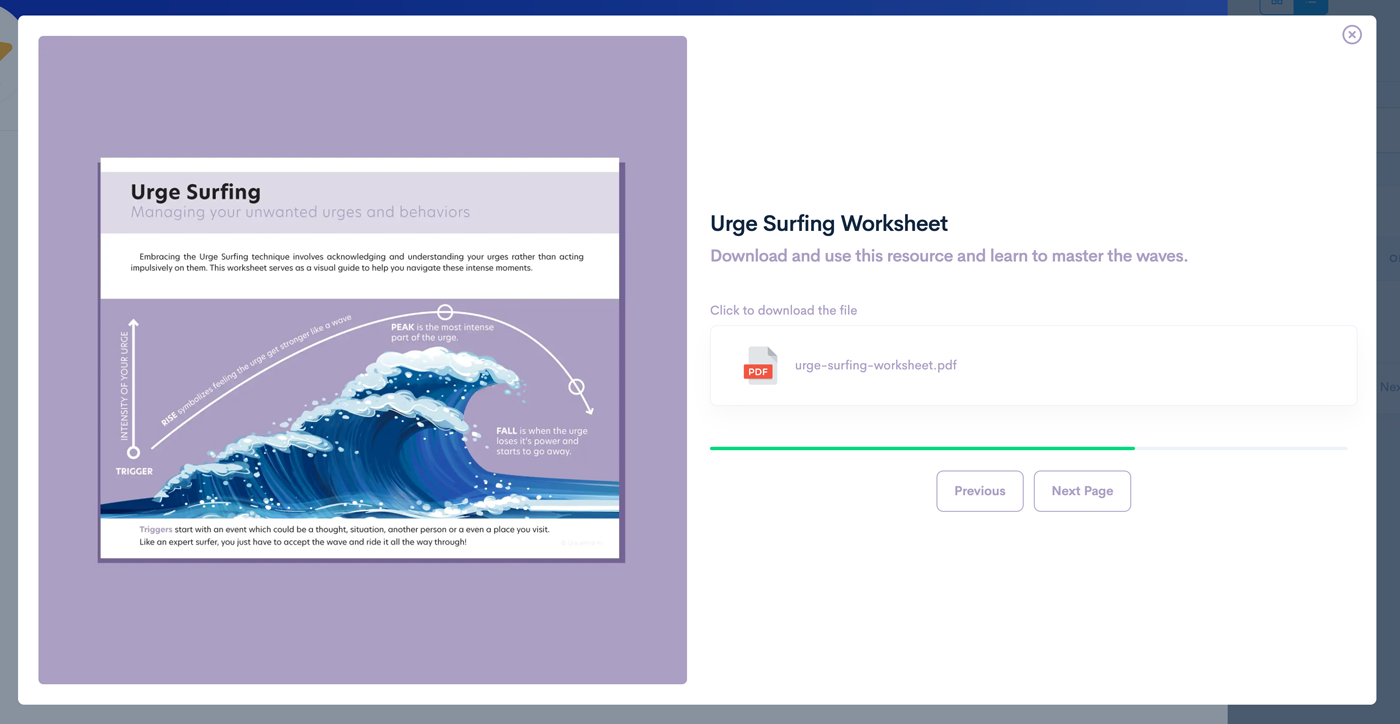
The Worksheet prompt supports both graphic and video cover art.
Generative AI Speakers
Narrated Audio

Glassmind includes a Narrated Audio prompt with generative AI speakers. A provider enters a text script, selects from over 20 voices, and can generate a narrated audio guide that is added to the resource.
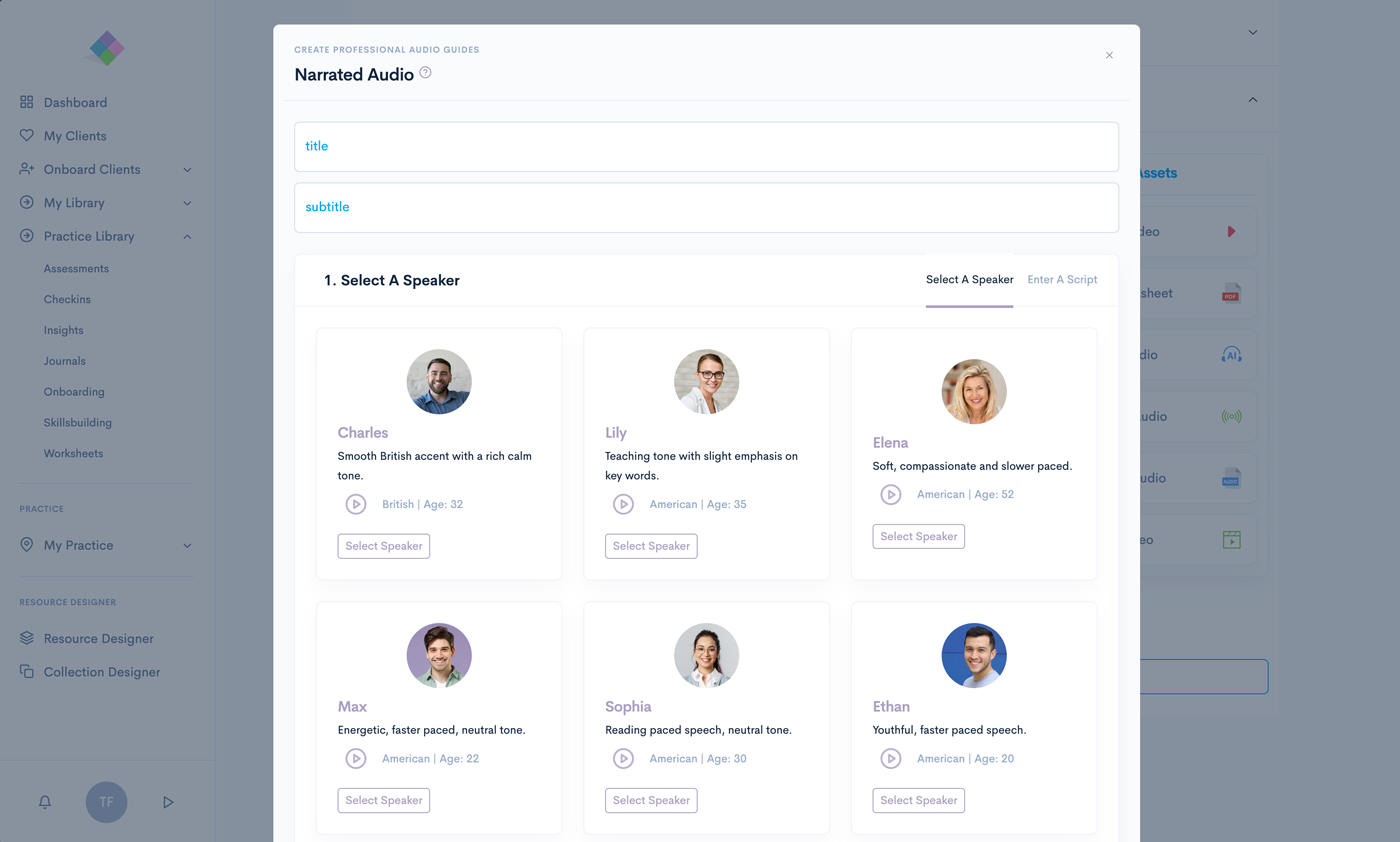
There are 20 AI narrators to choose from. Click to preview their voices then when you find the one you like, click the Select Speaker button.

You will now see the Script dialog where you paste in (and later style if you want) your audio script. There is an 800 character limit which translates to about 1 minute of narration. When you are ready, click Generate Audio.
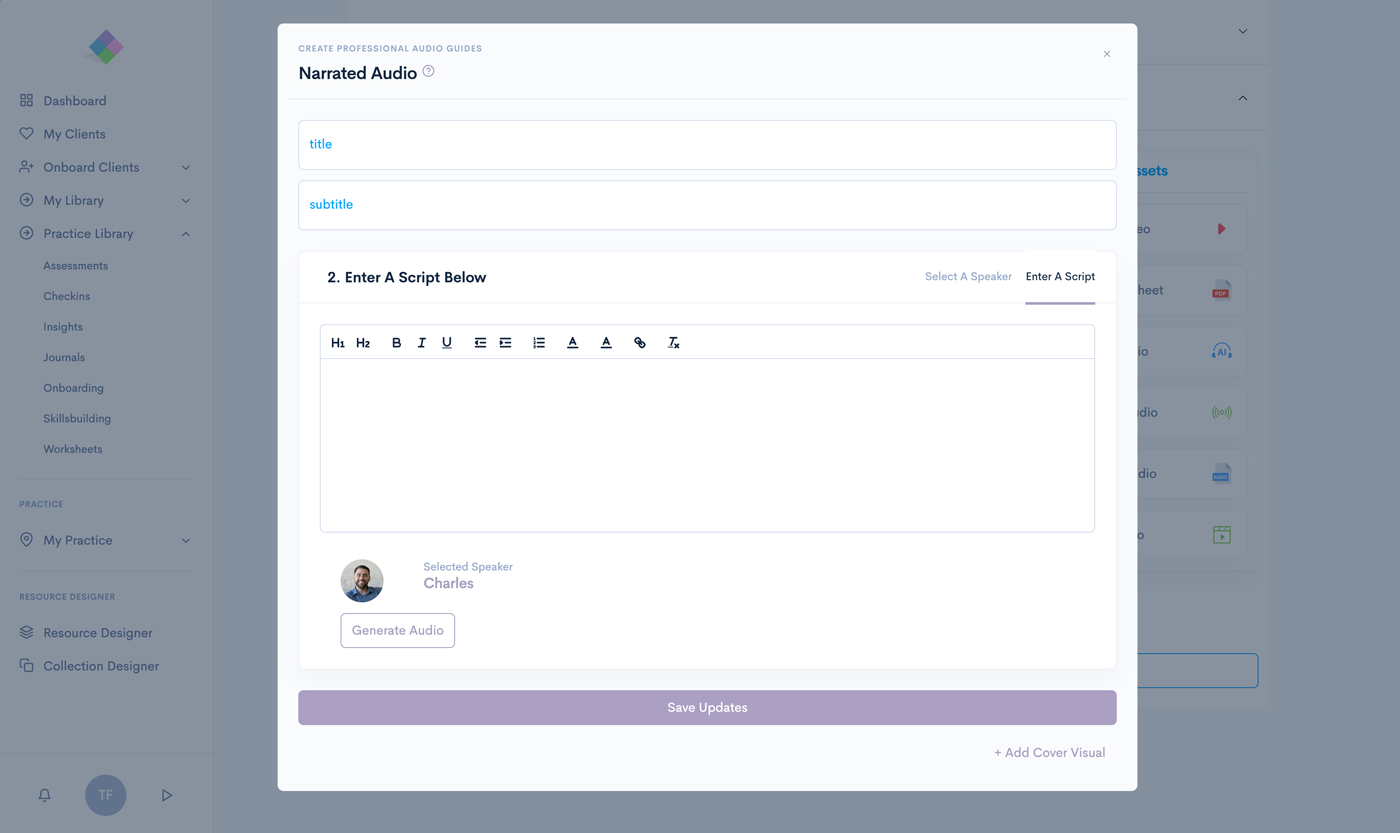
Once you have selected the speaker and entered the script, press Generate Audio. Depending on the length of the script, it can take up to a minute to generate the audio for preview.

Clients are shown an audio player and can listen to the audio guide you created as well as read the script.
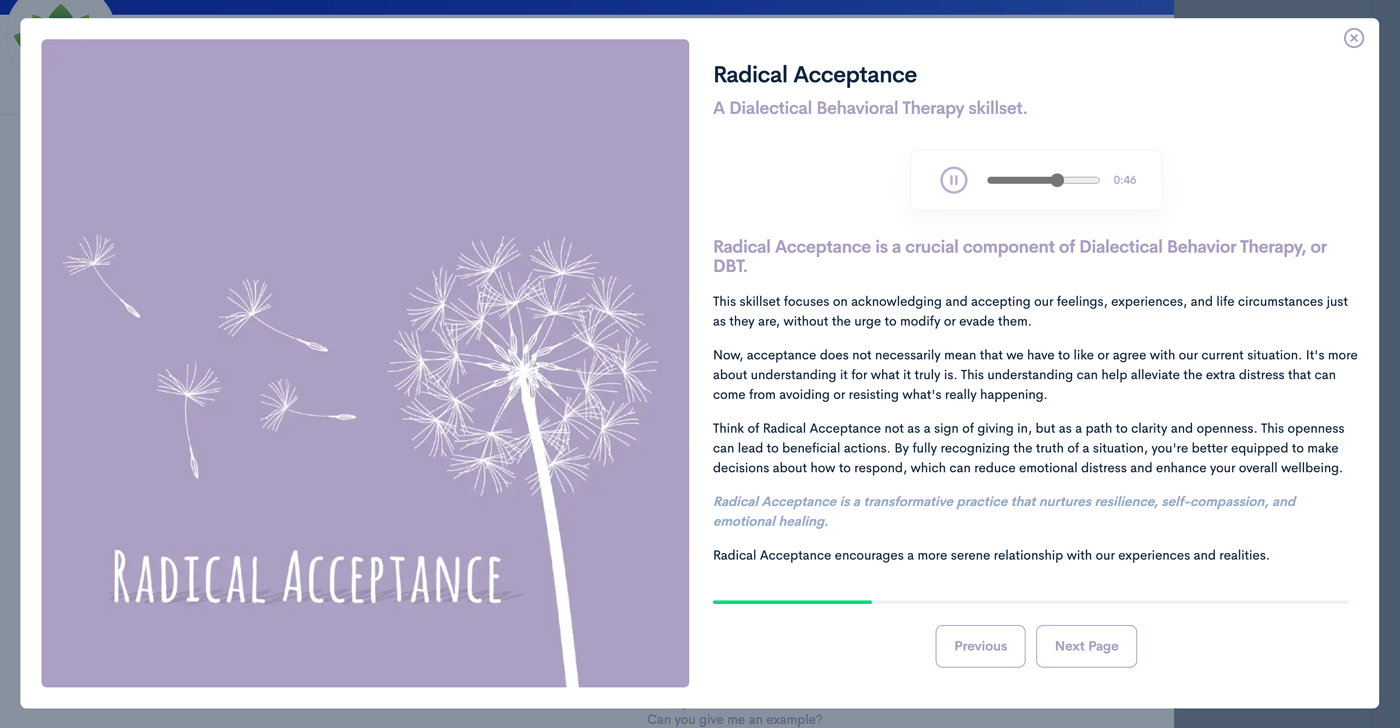
The Narrated Audio prompt supports both graphic and video cover art.
Provide Verbal Context or Guidance
Record An Audio

It's easy to personalize any resource with an audio recording. You can also record context during points in the resource flow, give verbal instructions, or guidance that goes along with the material or technique.

Personalize a graphic from our Canva Templates and use it when making audio recordings. The visual and audio work together to give clients a great experience that only takes you moments to record and send.
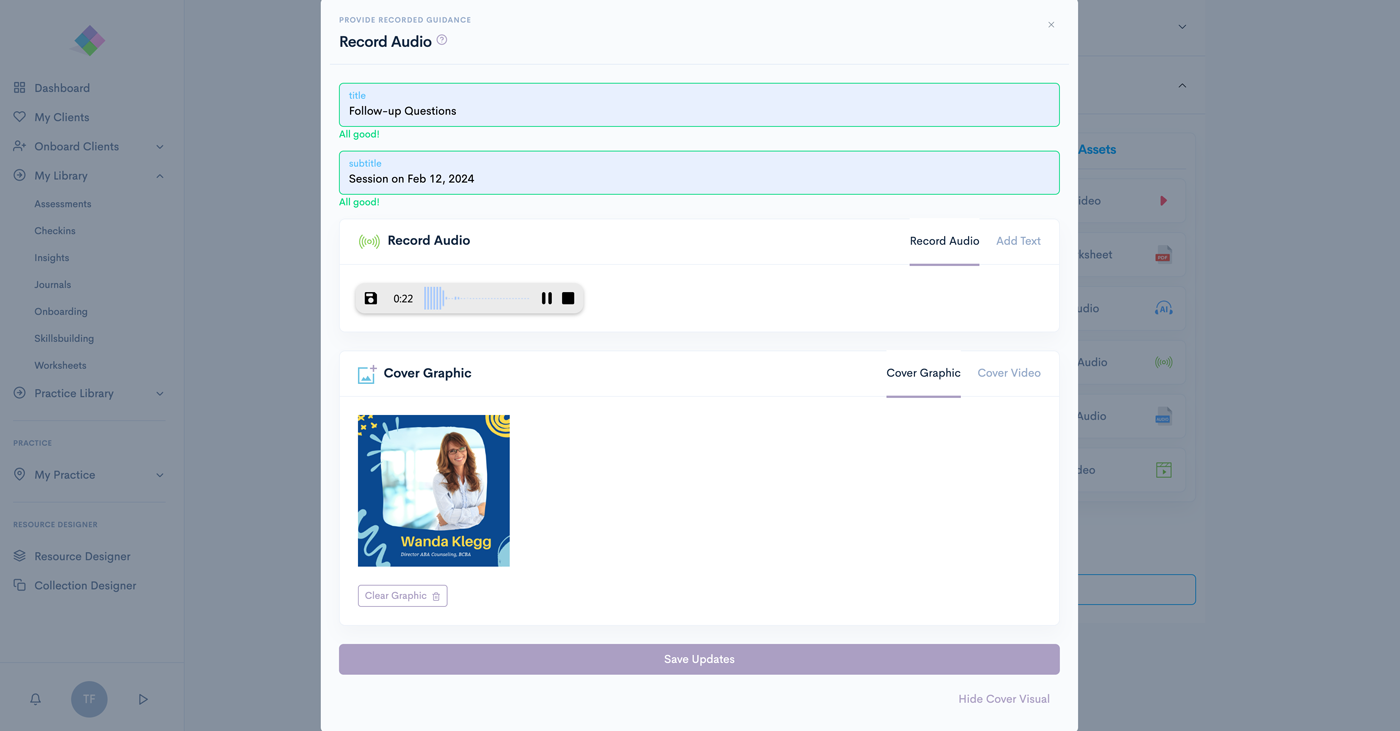
In the example below a provider could record an audio, drop in their personalized graphic and send it along with resources after a session. This is a great way to keep clients engaged and connected between sessions with a personalized touch you don't get with email or text.
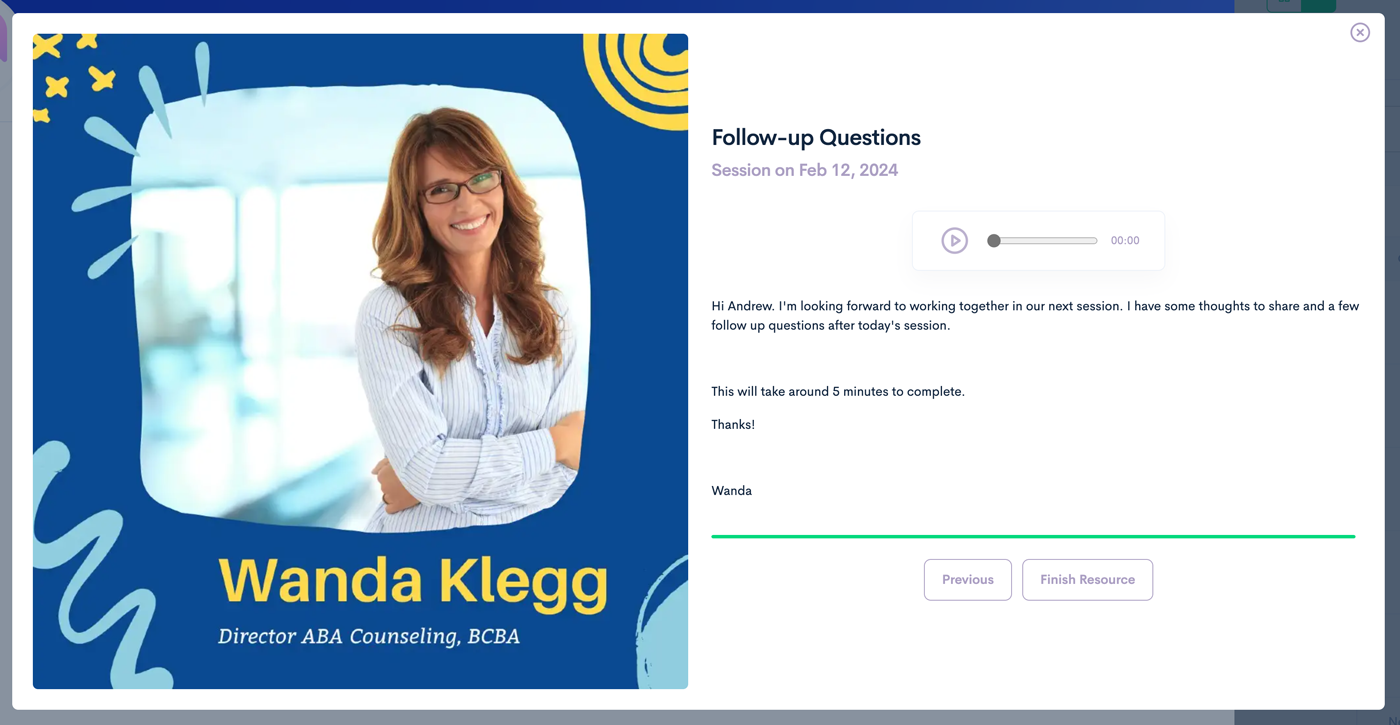
The Record an Audio prompt supports both graphic and video cover art.
Professional Audio Files
Upload an Audio Recording

Providers can also upload pre-recorded audio files that are added to the resource. File formats supported are .MP3.

Use the Upload Audio prompt for longer audios you may want to pre-record. You can also upload music files for providing meditation.
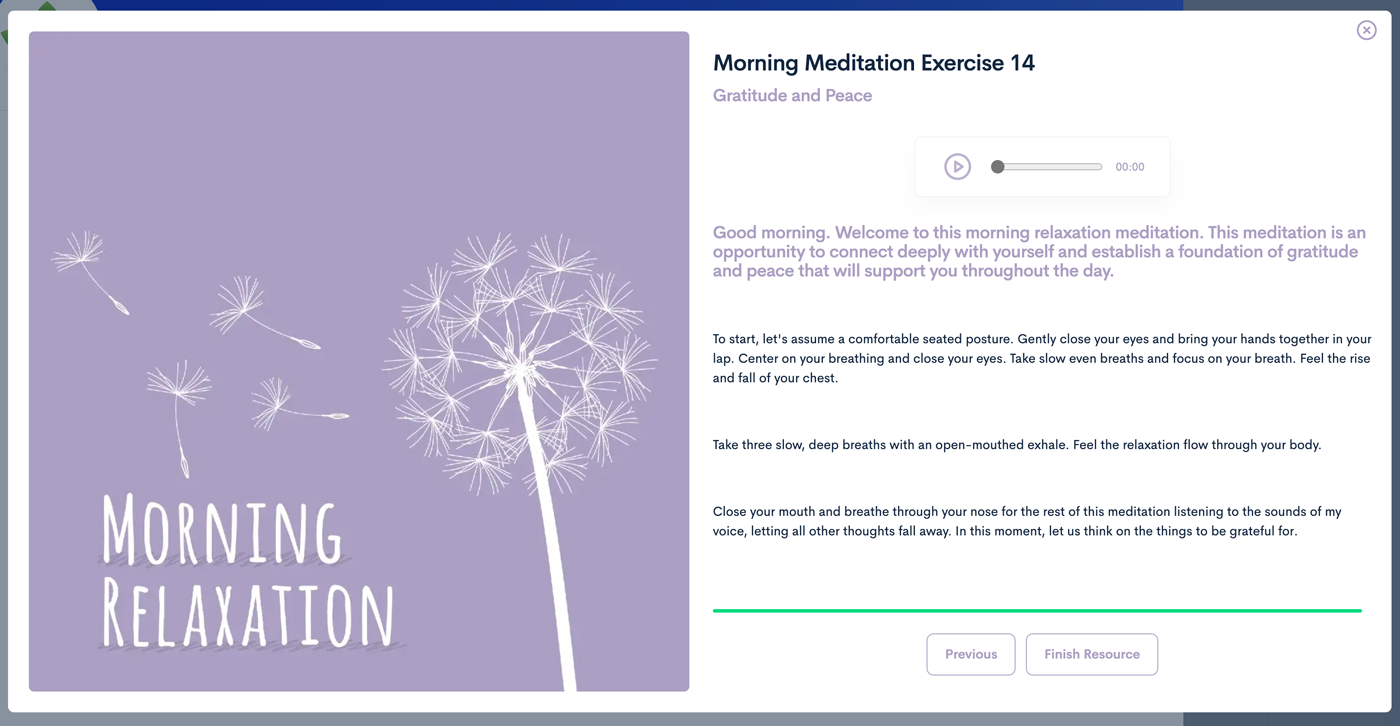
The Upload Audio prompt supports both graphic and video cover art.
Curate Psychoeducational Videos
Curated Videos

Providers can curate the videos they often recommend to clients and send them as part of a resource. Group practices with their own channel on YouTube and can include video links to these videos as well.

Paste in the link to the YouTube Video and a preview and the video description shows in the prompt dialog.
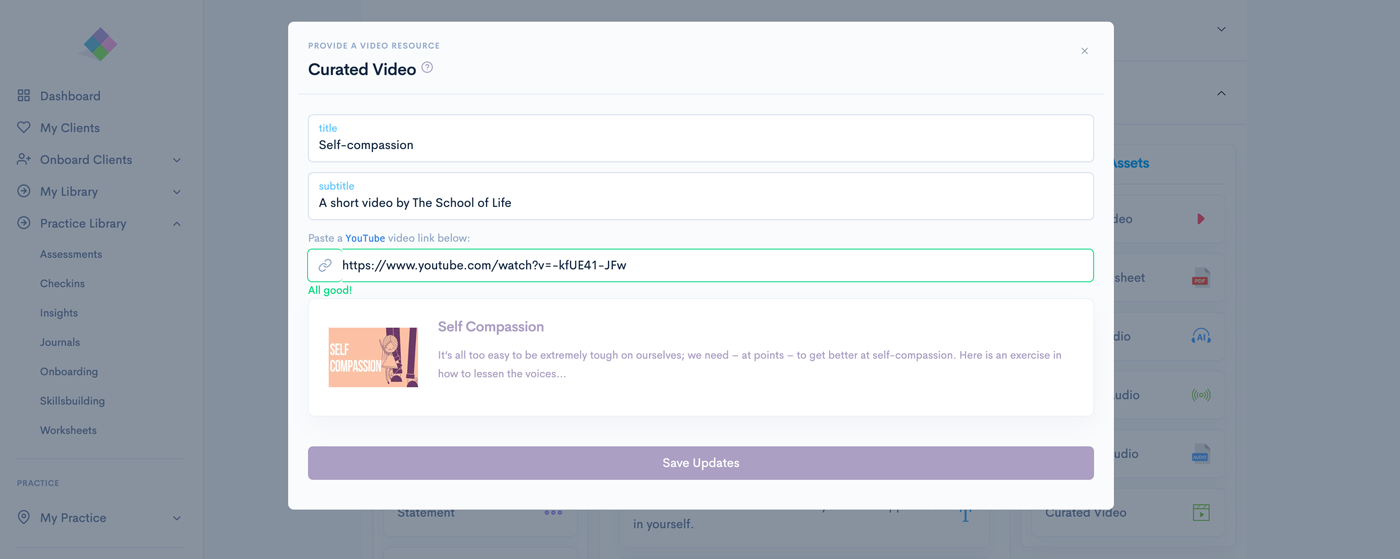
Note: Titles from YouTube shown on the small preview may render incorrectly at times but this doesn't affect how they show or play on the resource itself.
Clients see the YouTube video display on the resource page. They can expand to view fullscreen or open and watch the video on YouTube directly.
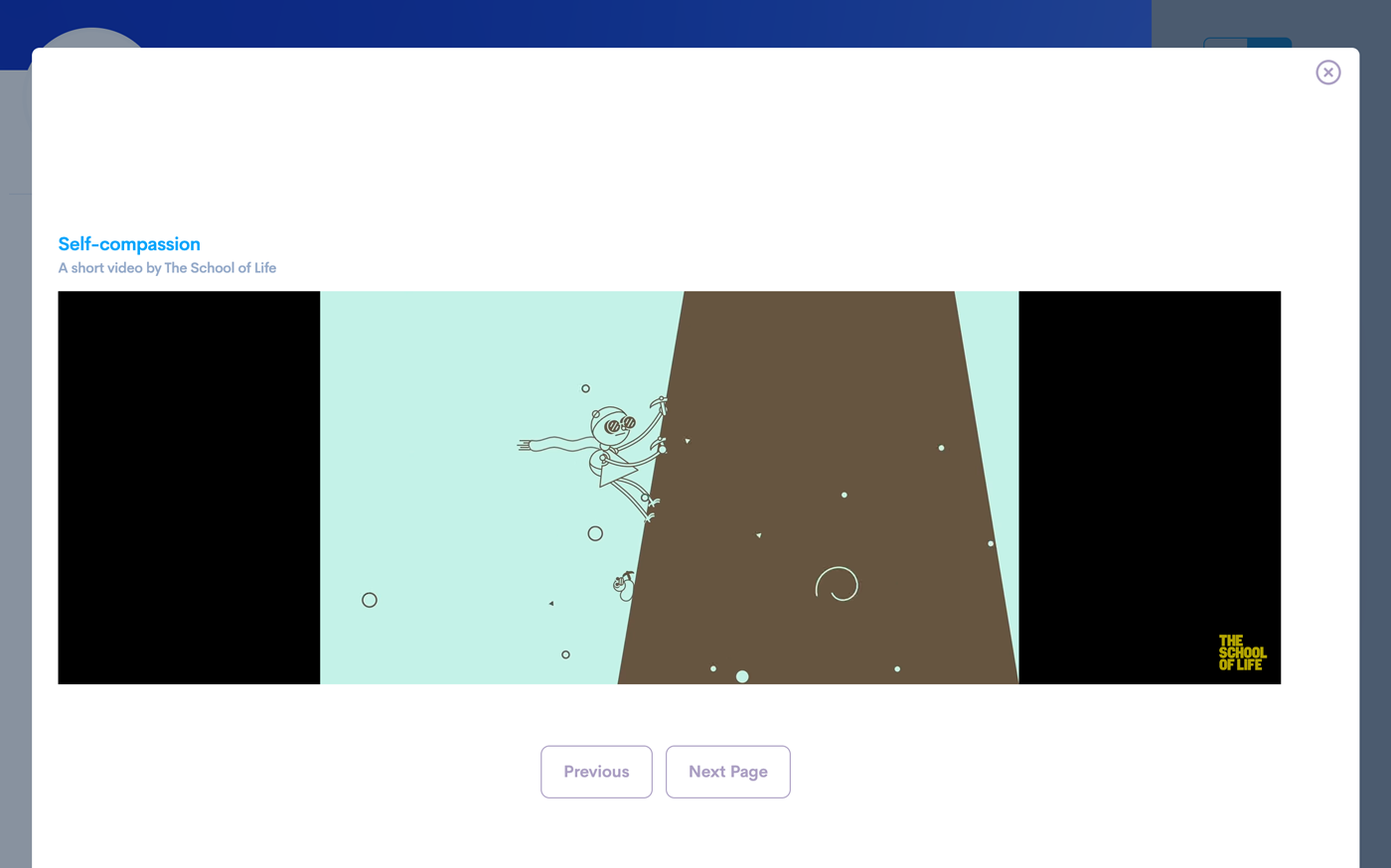
The Curated Video prompt does not support cover art.
